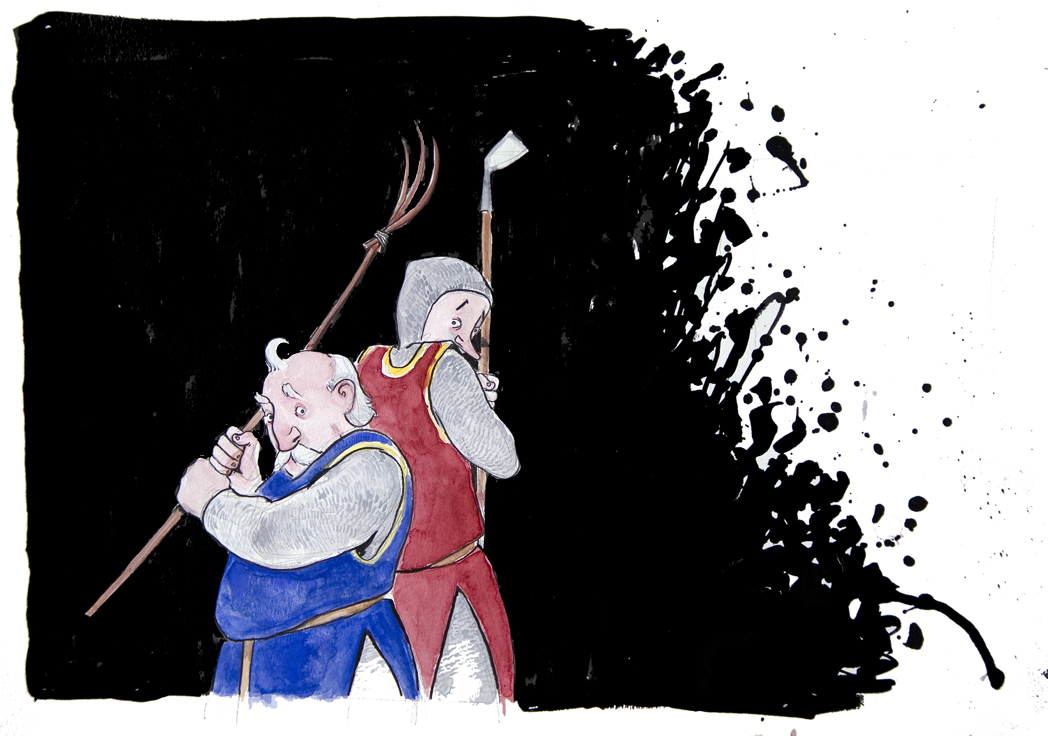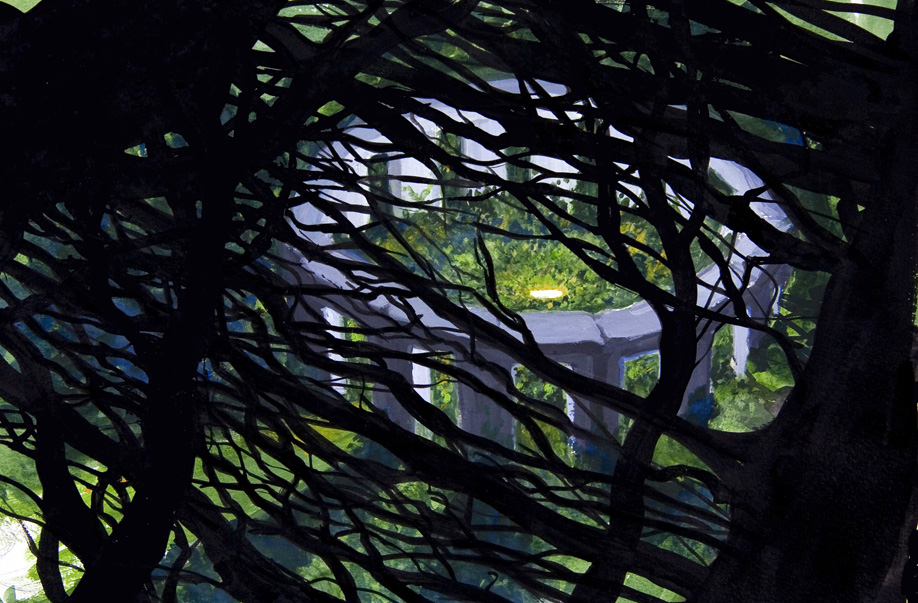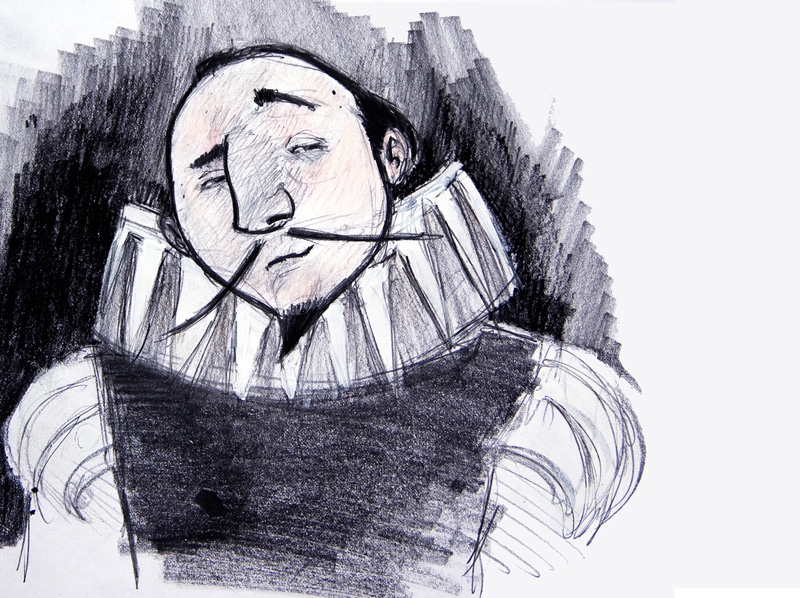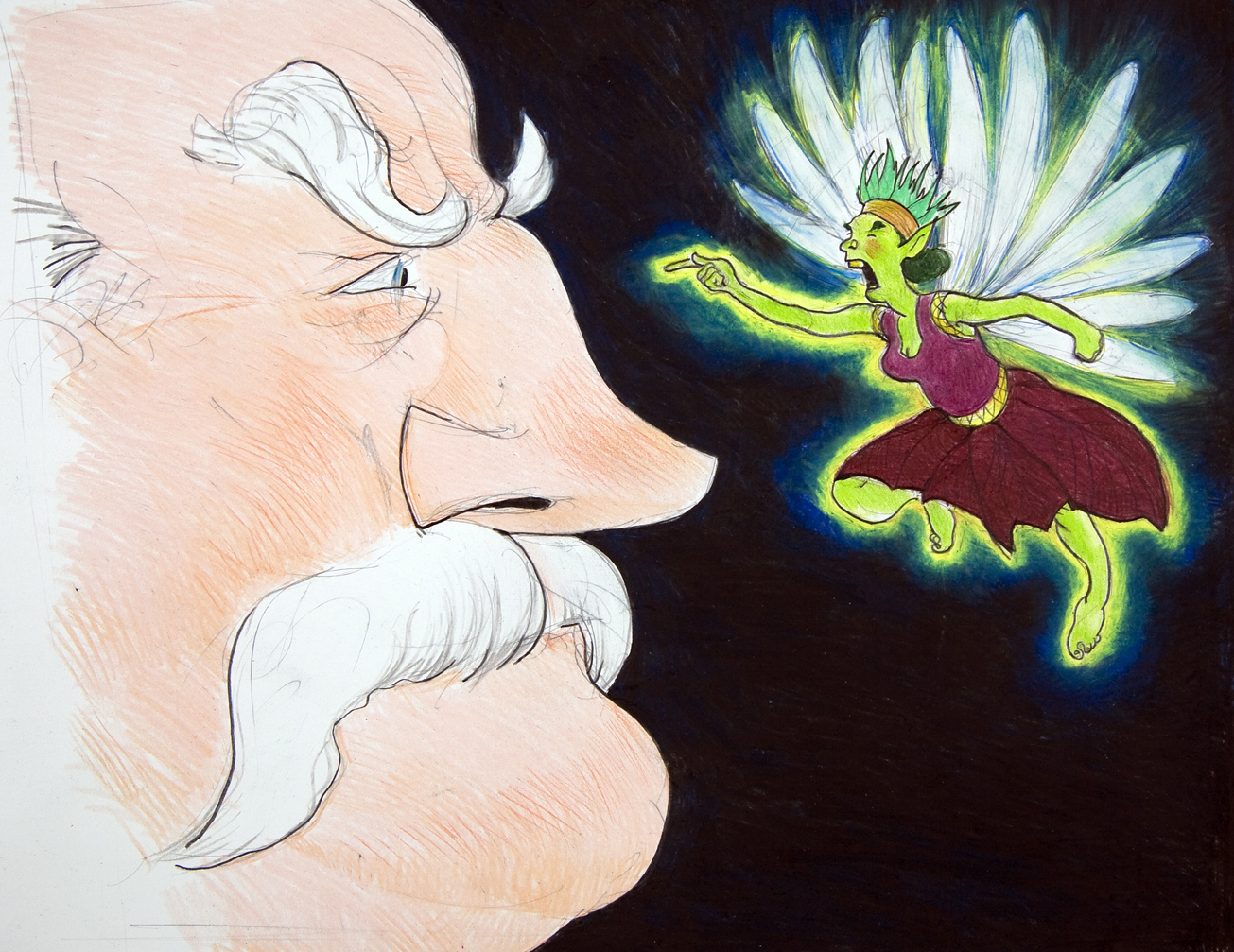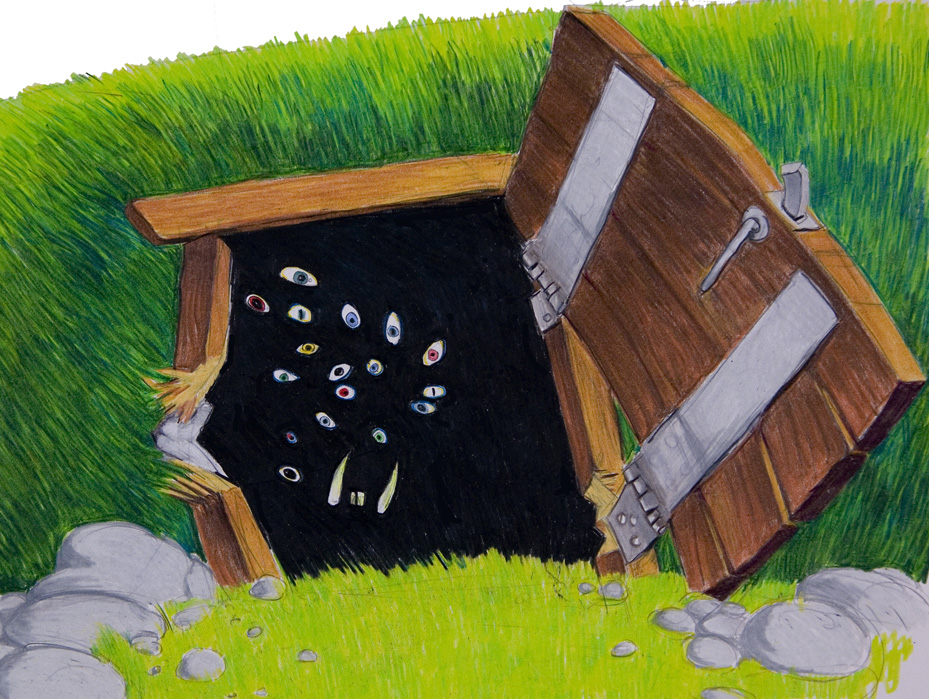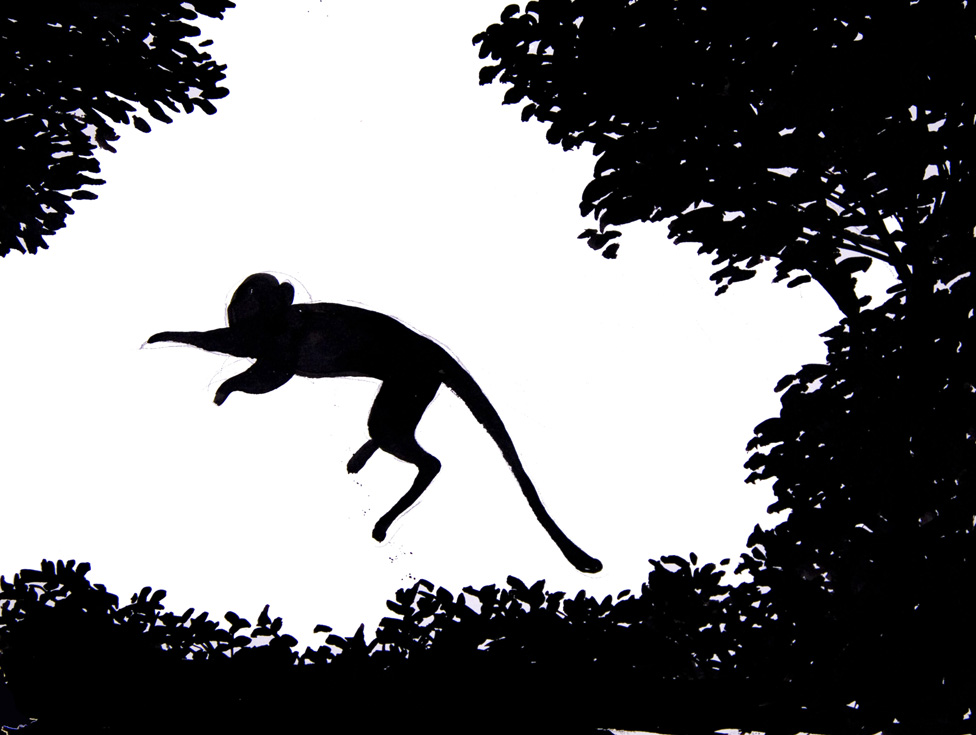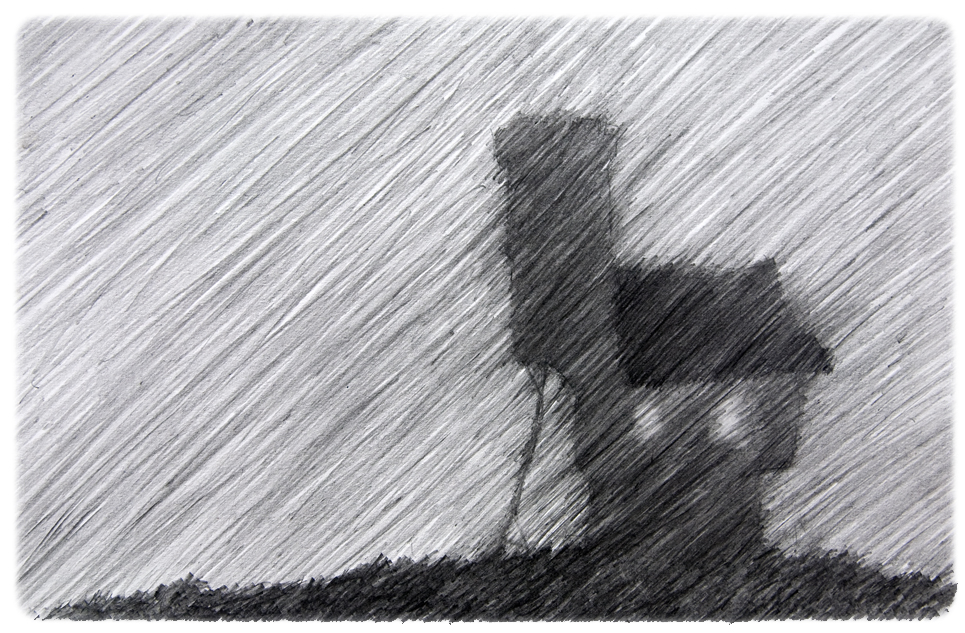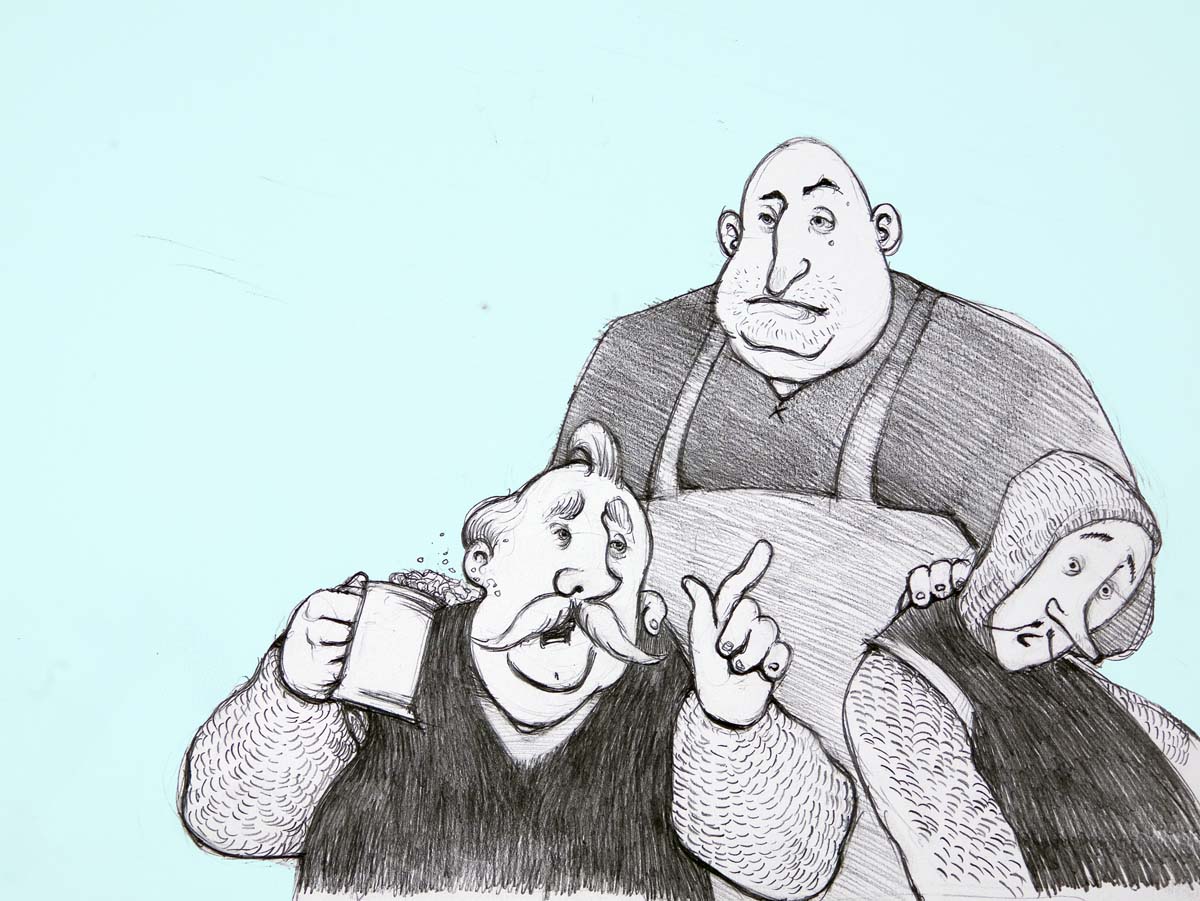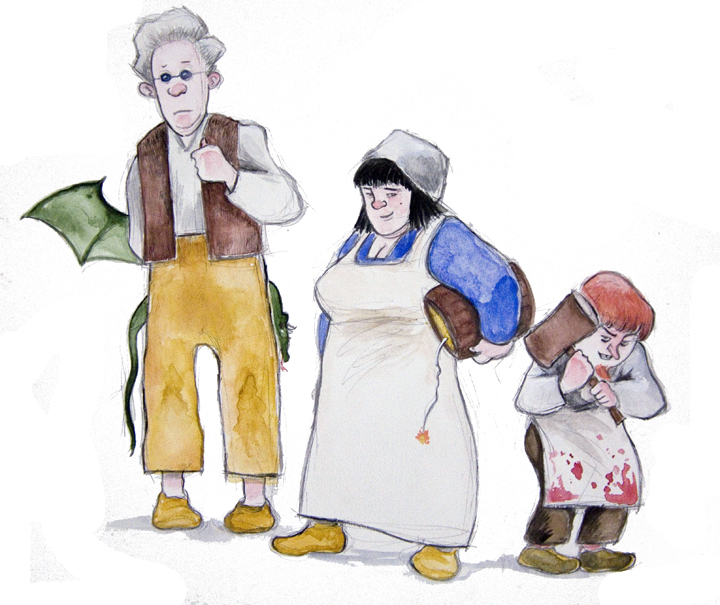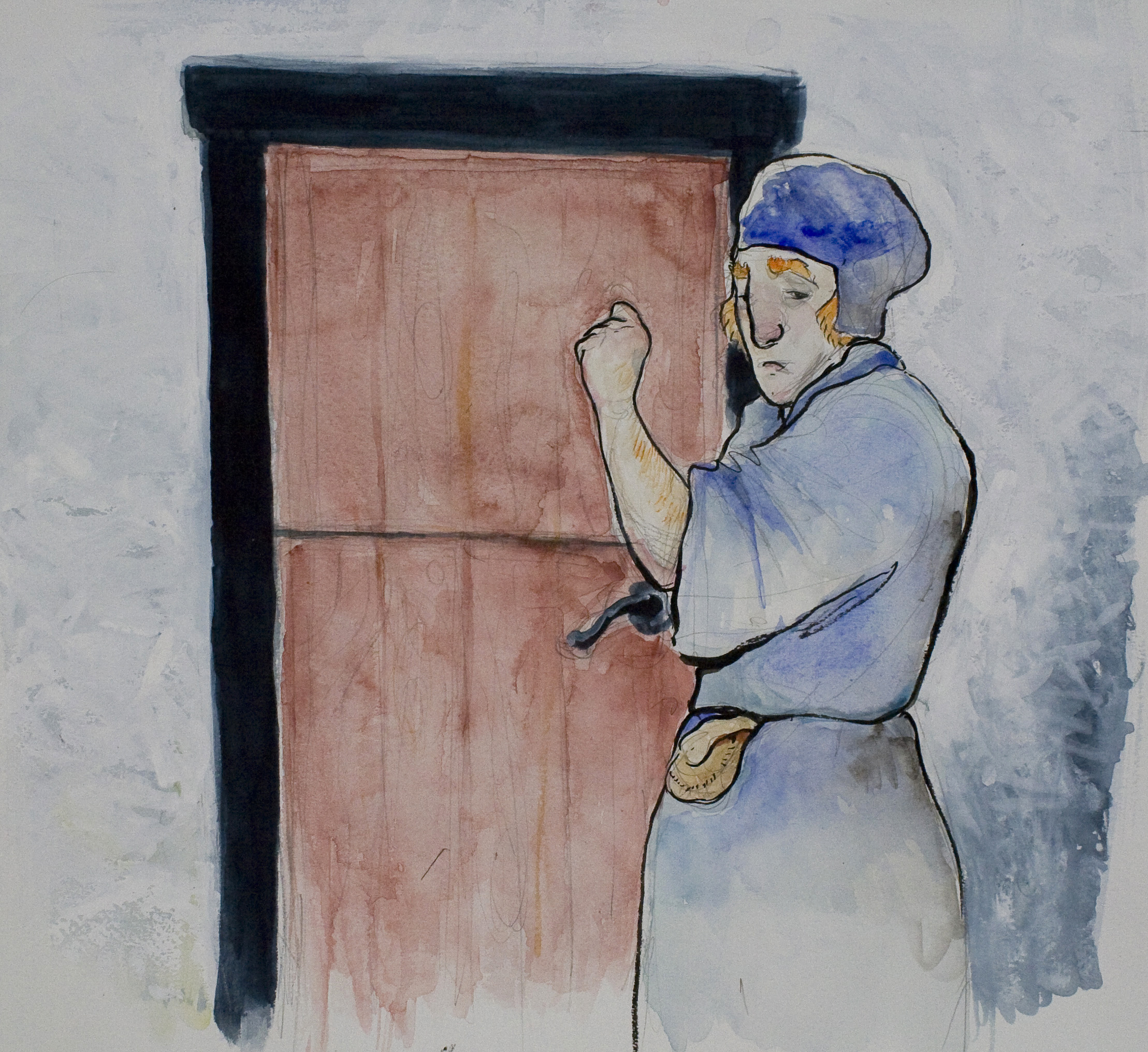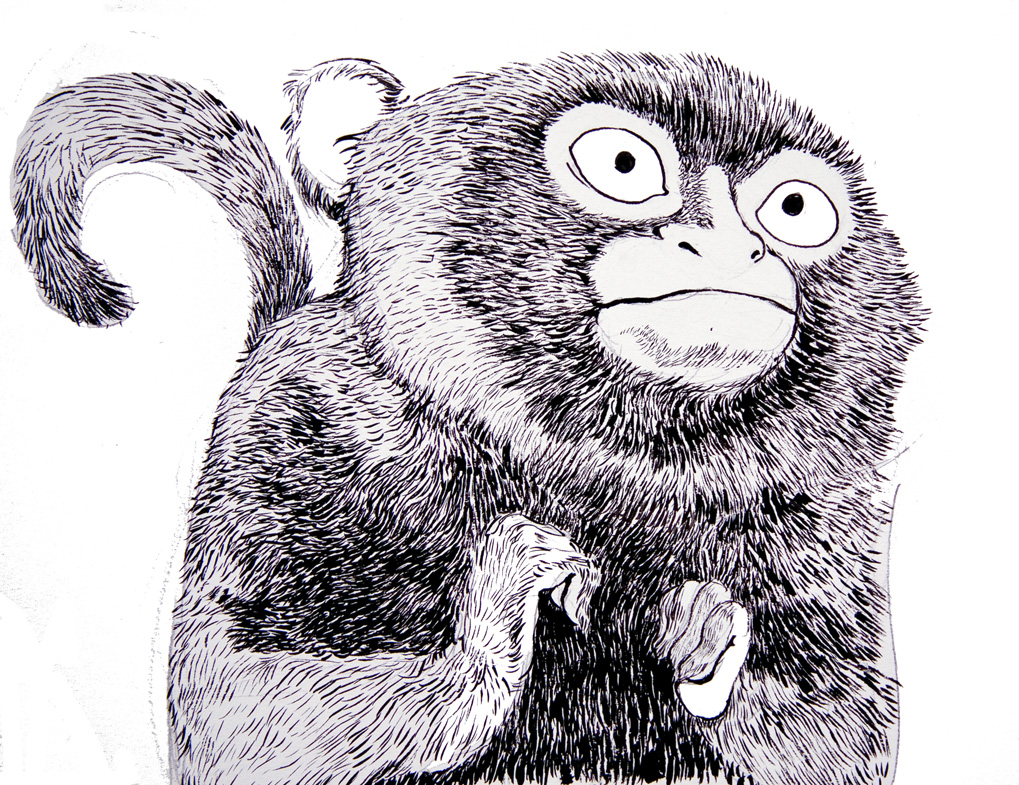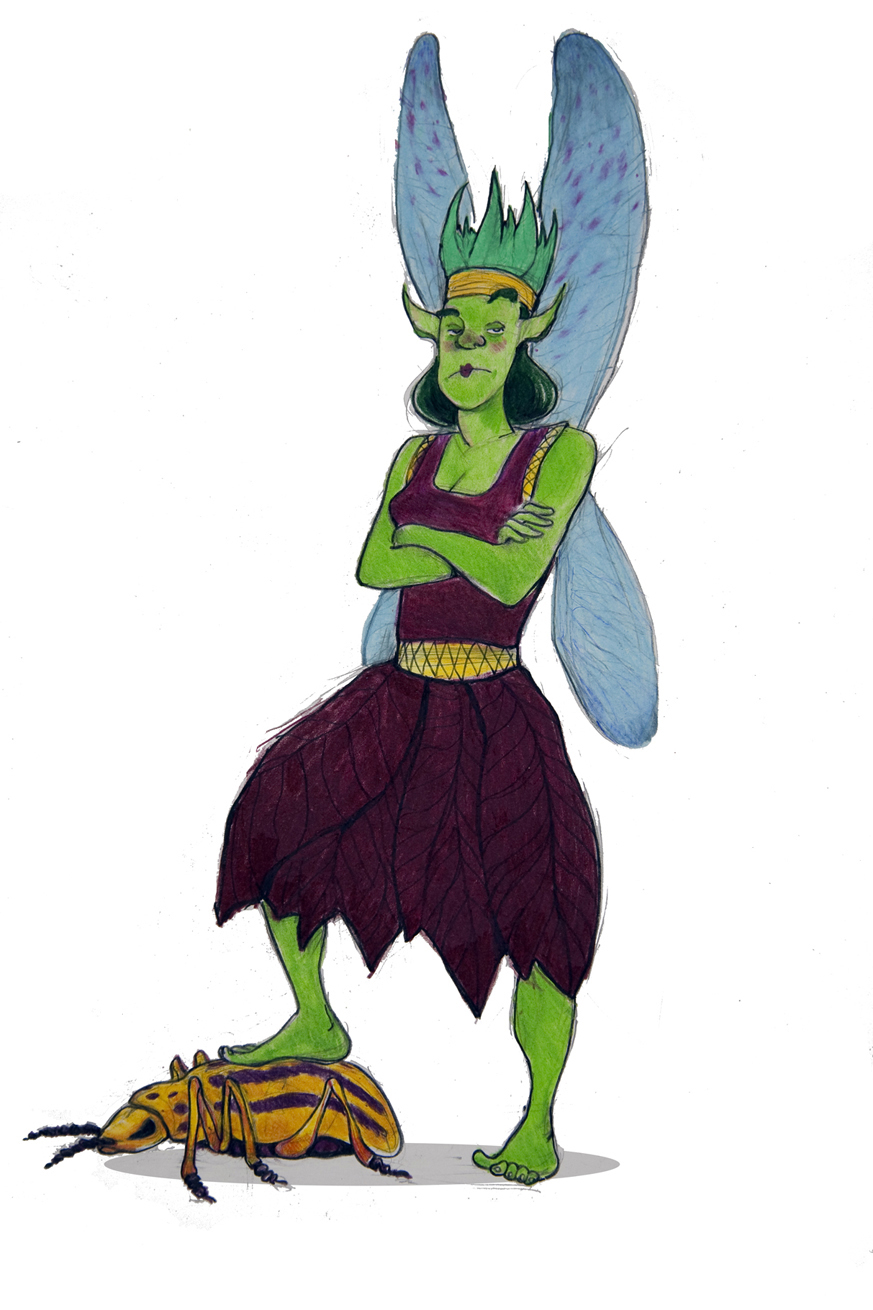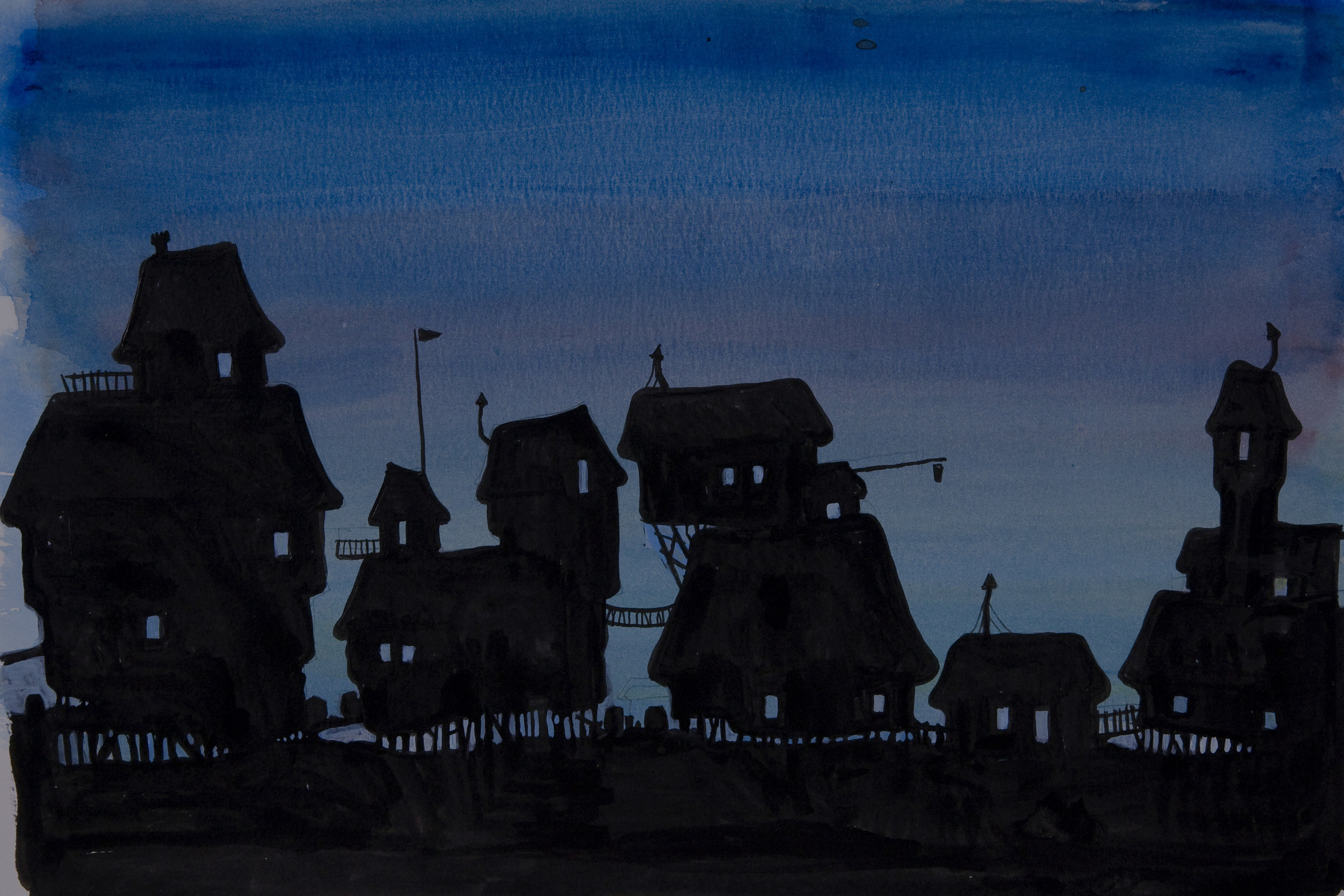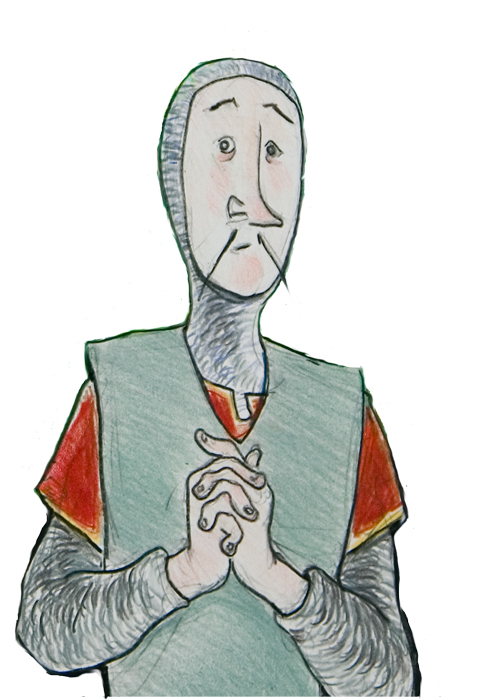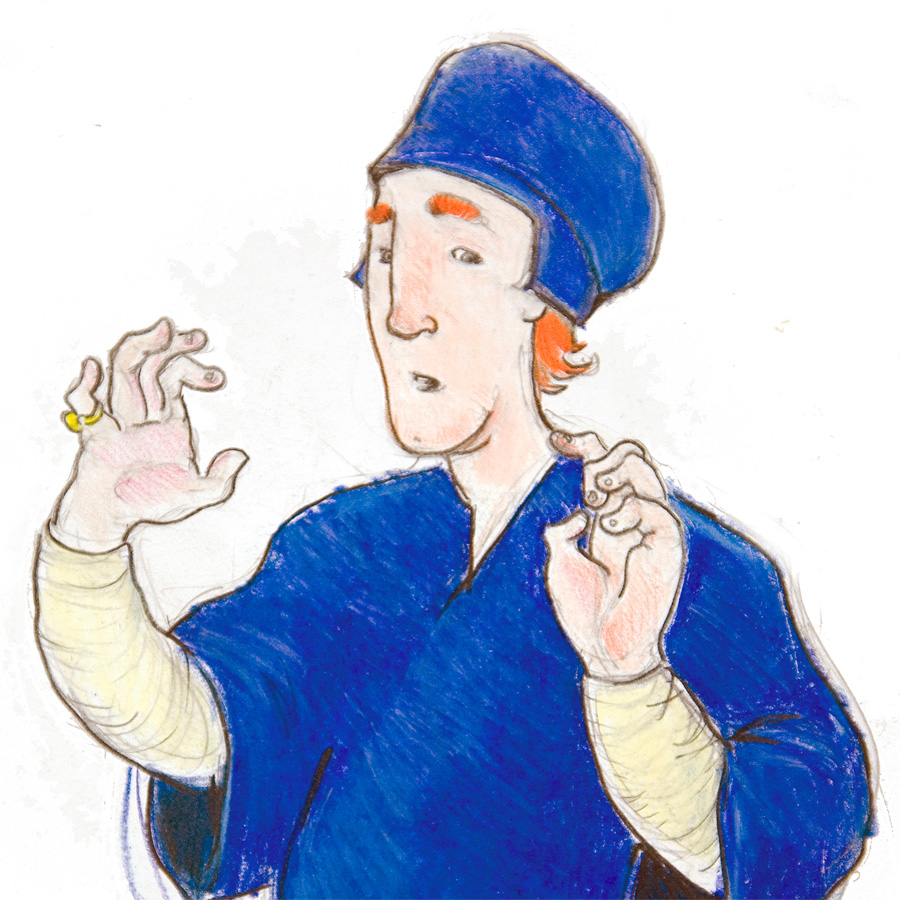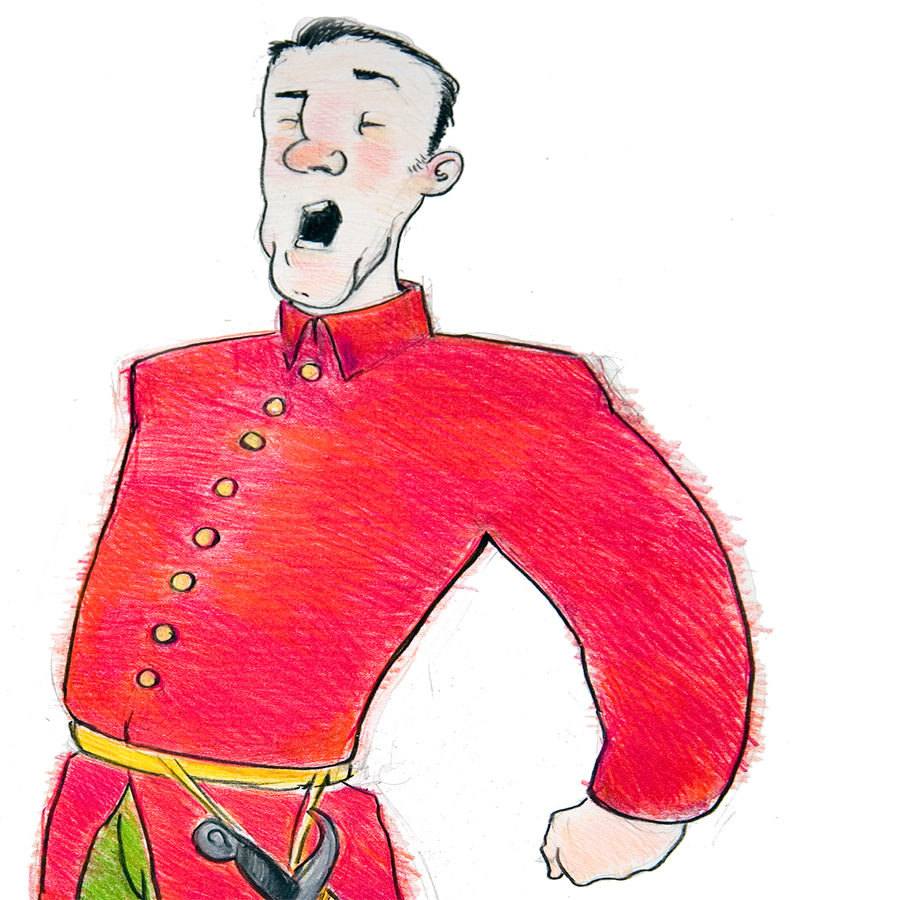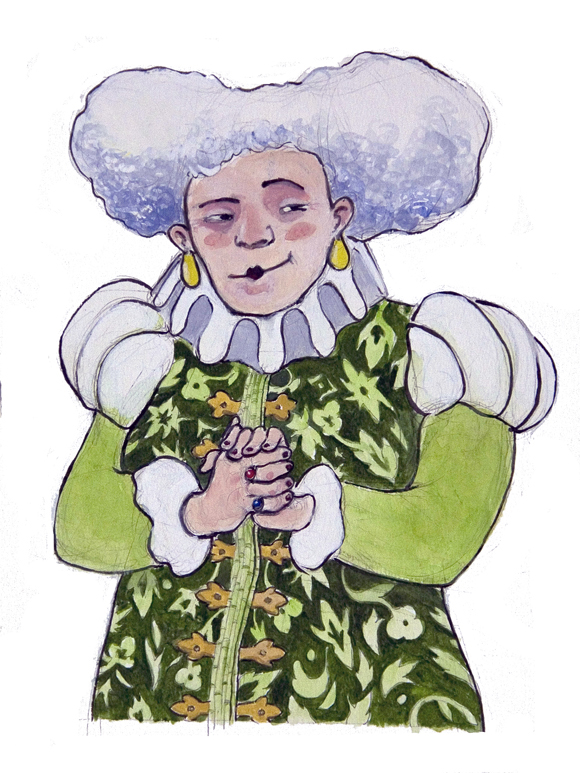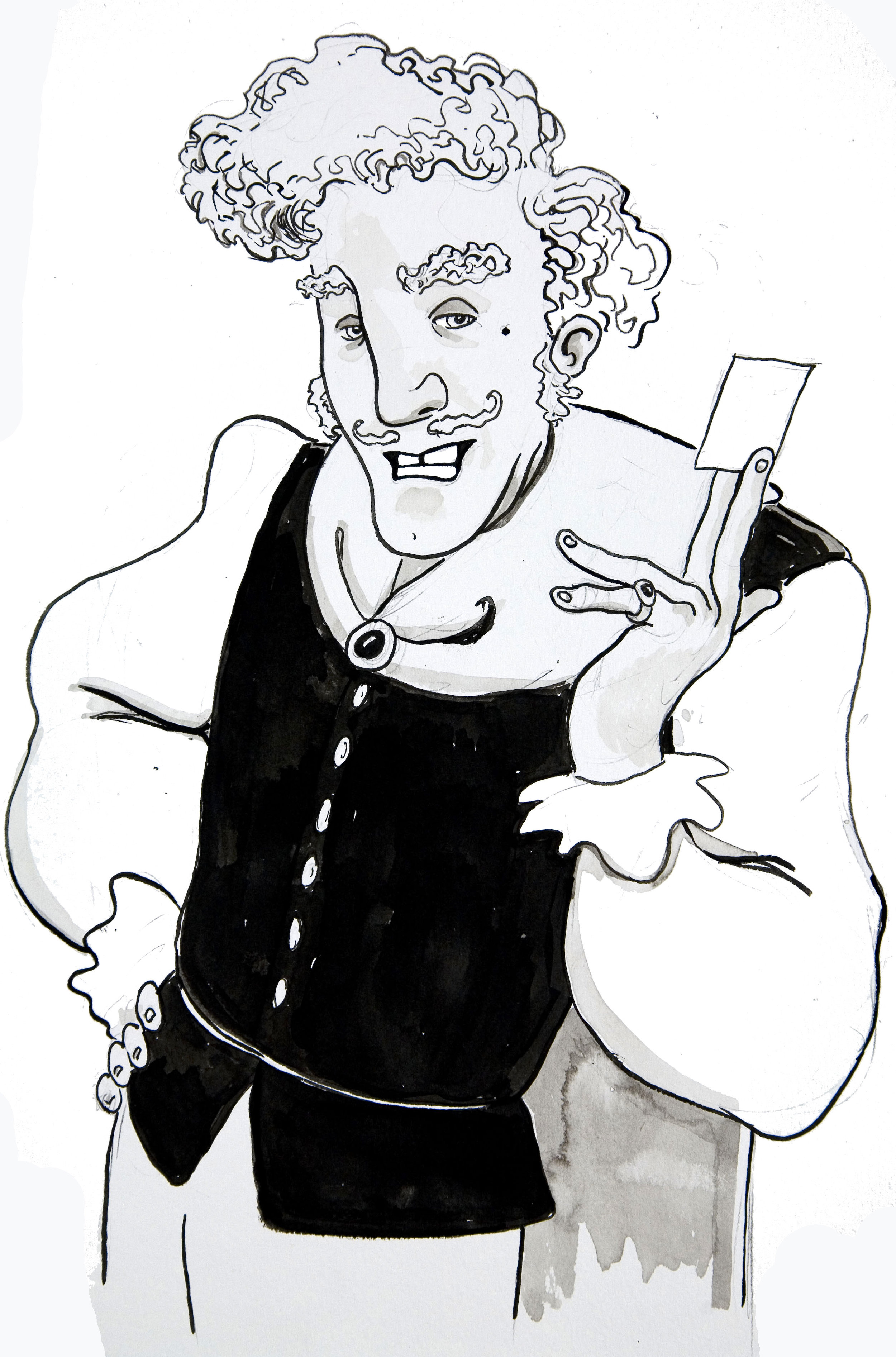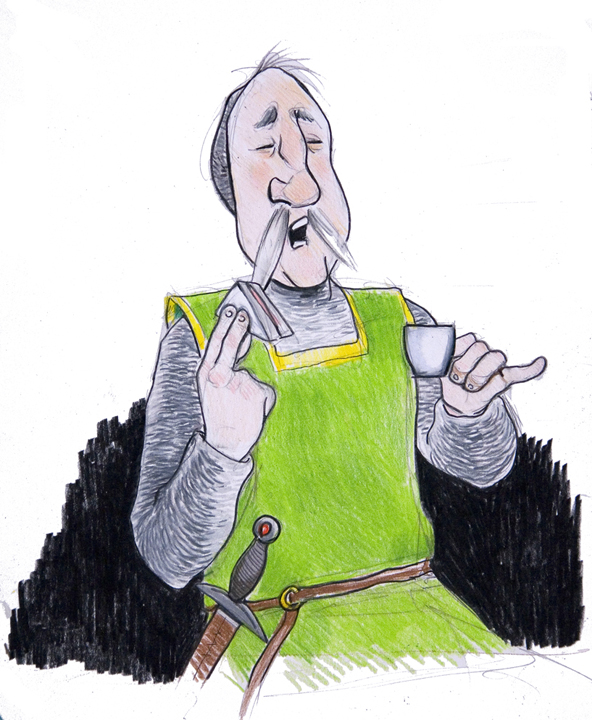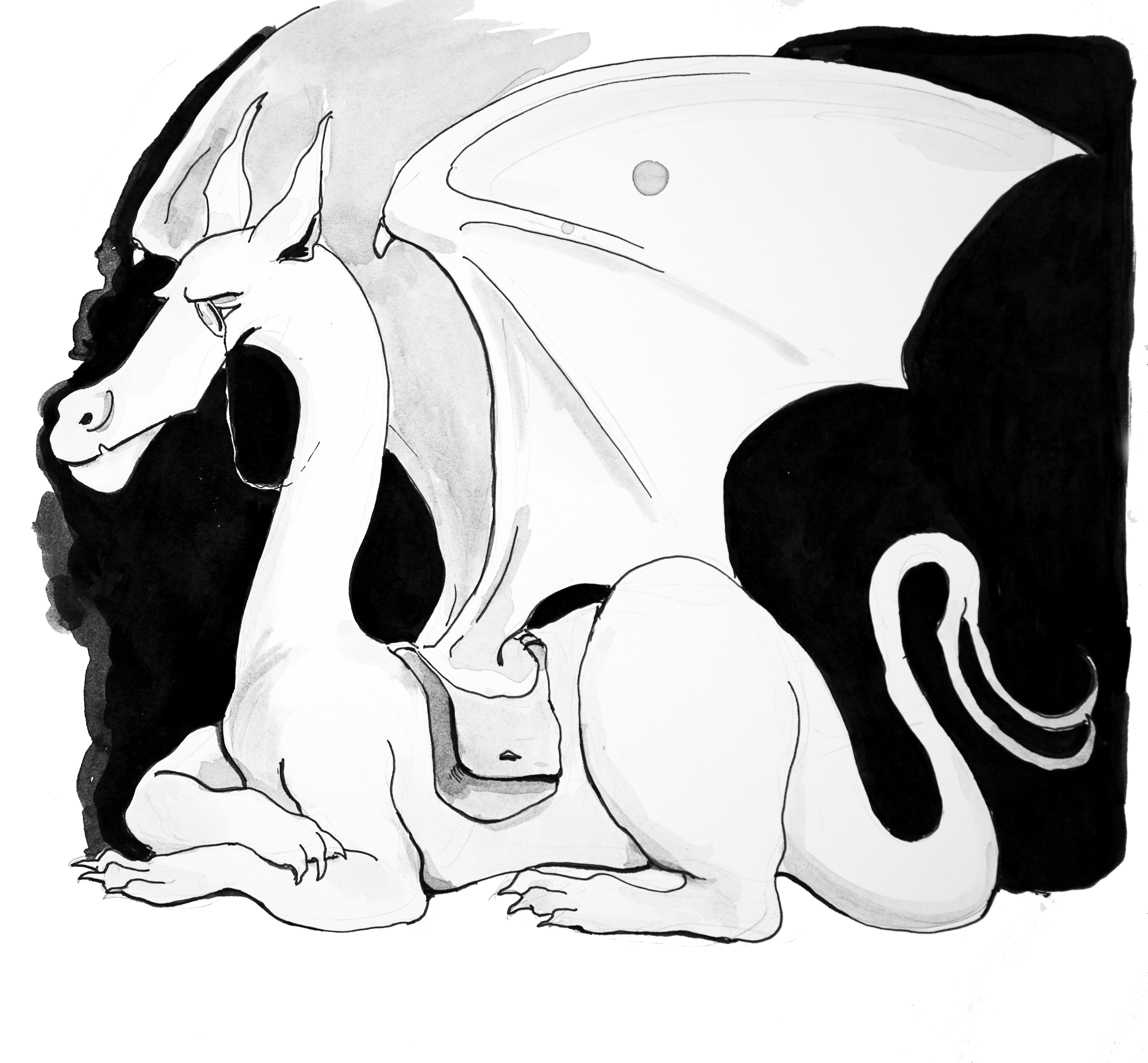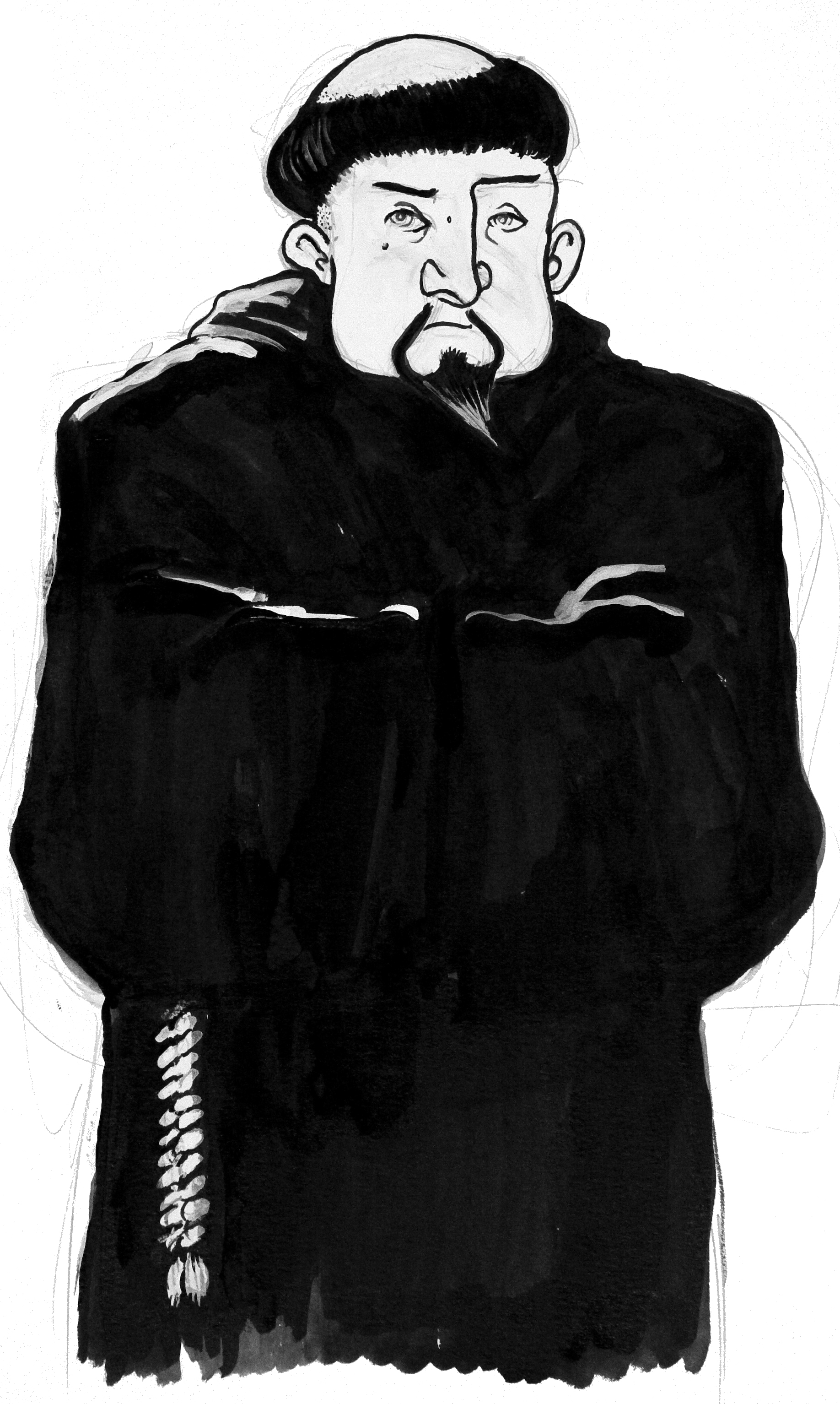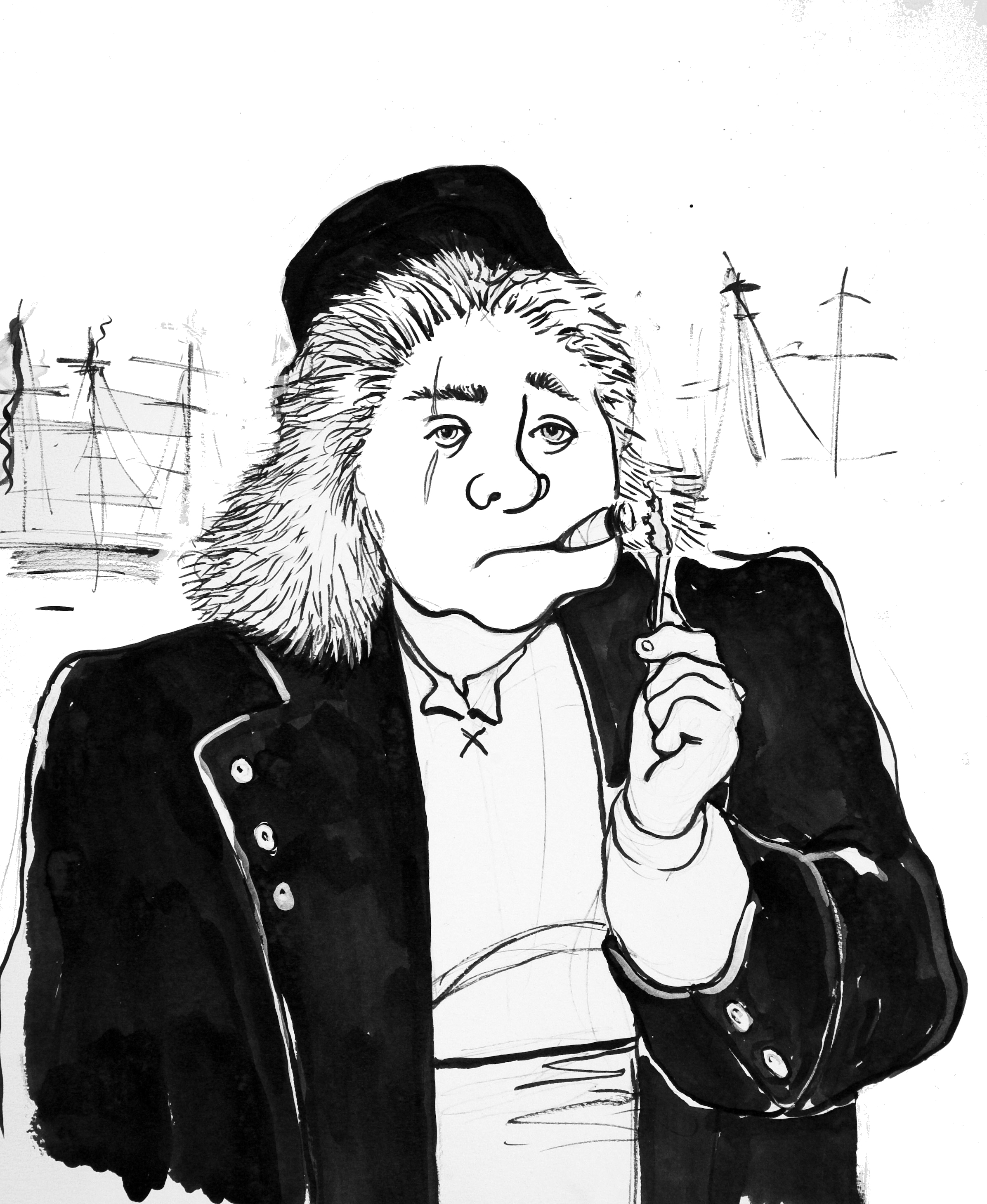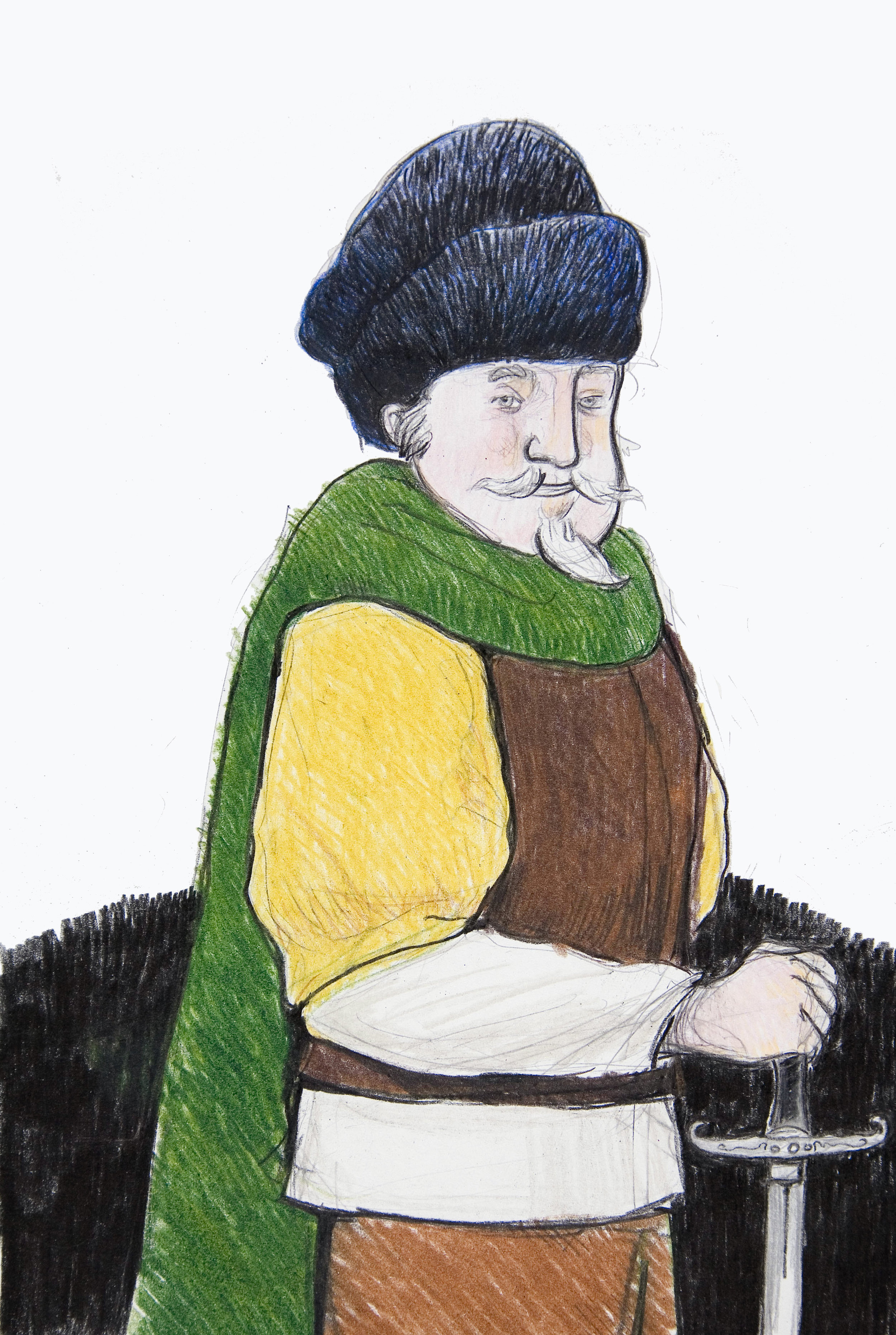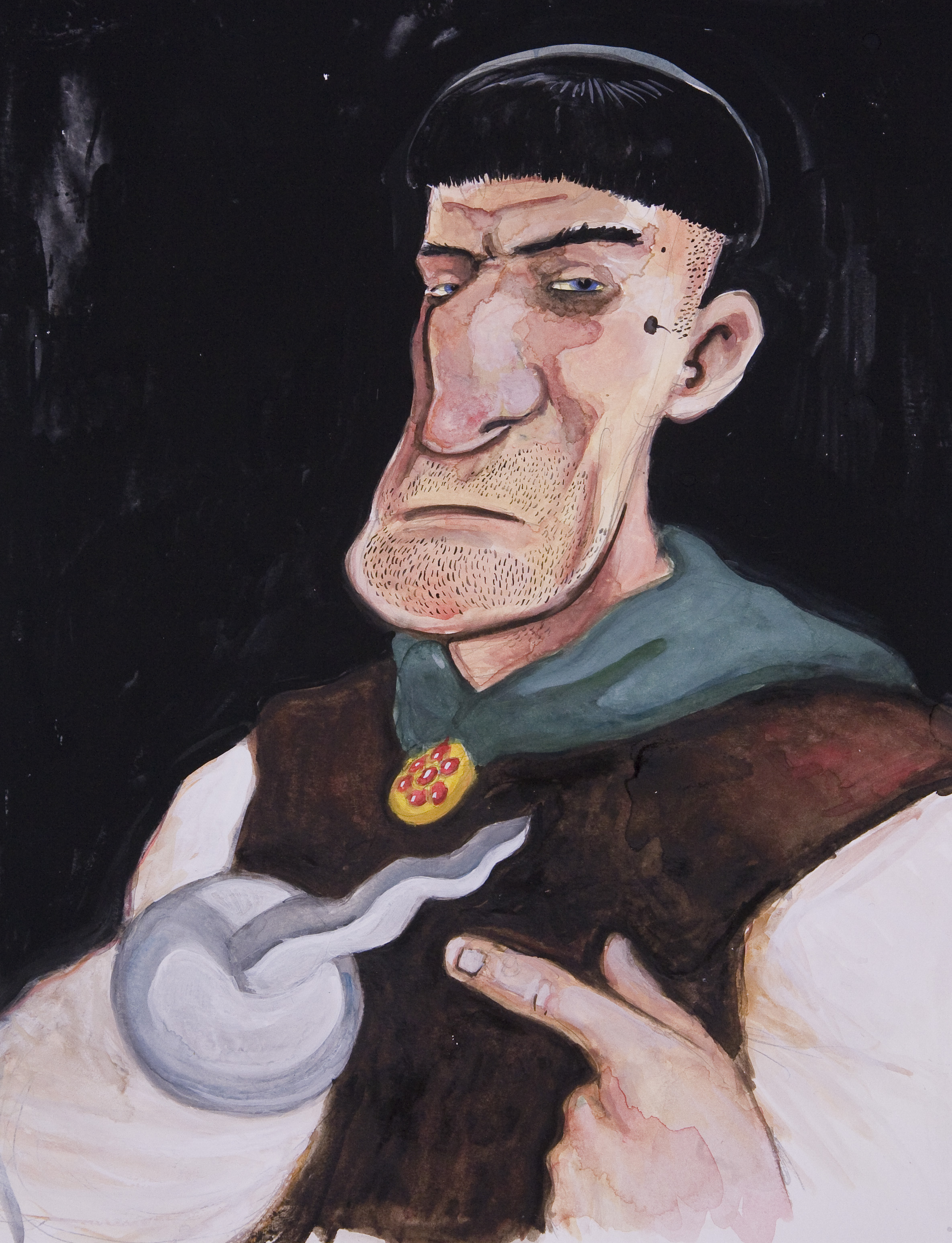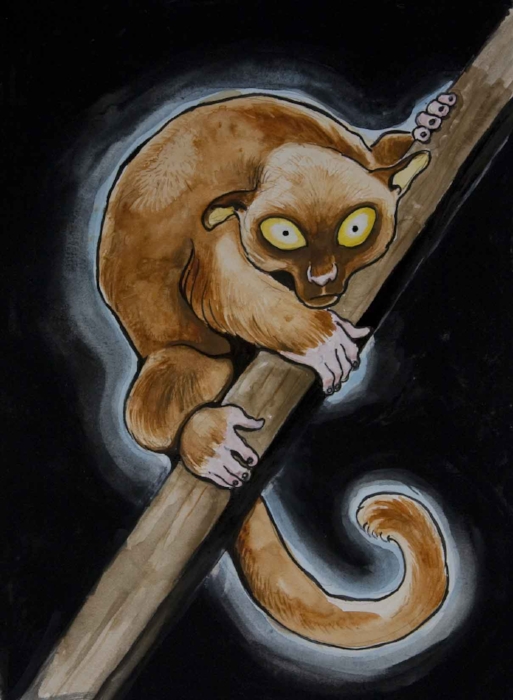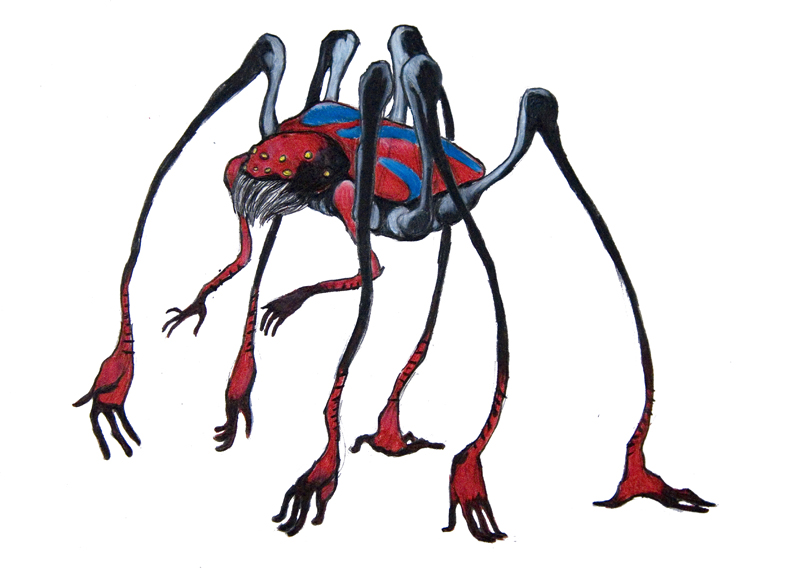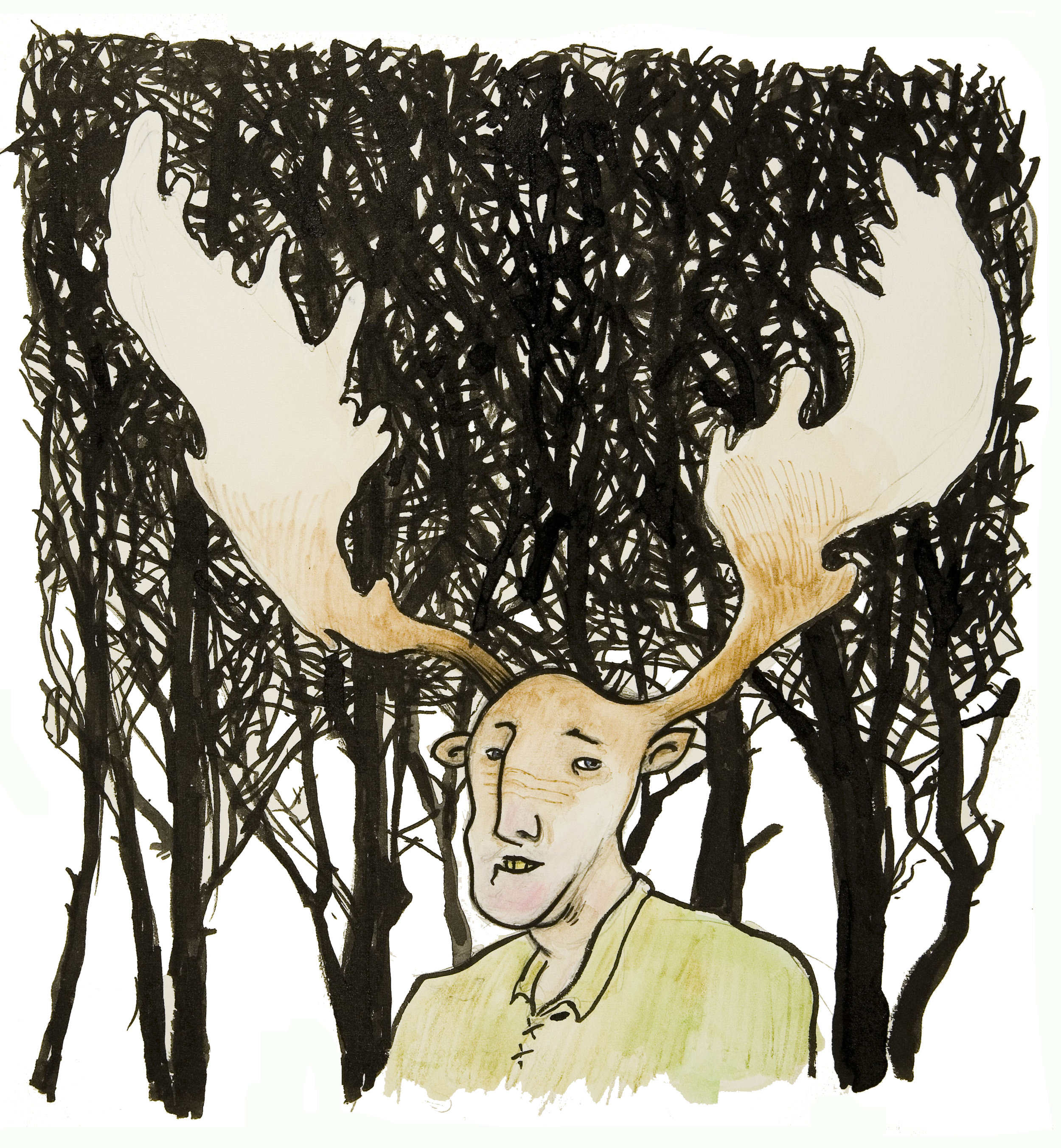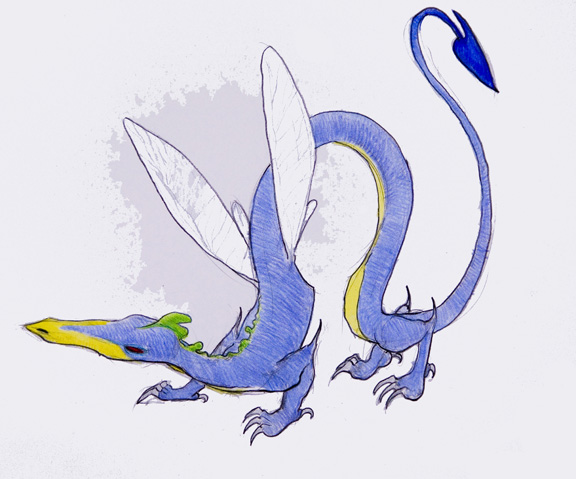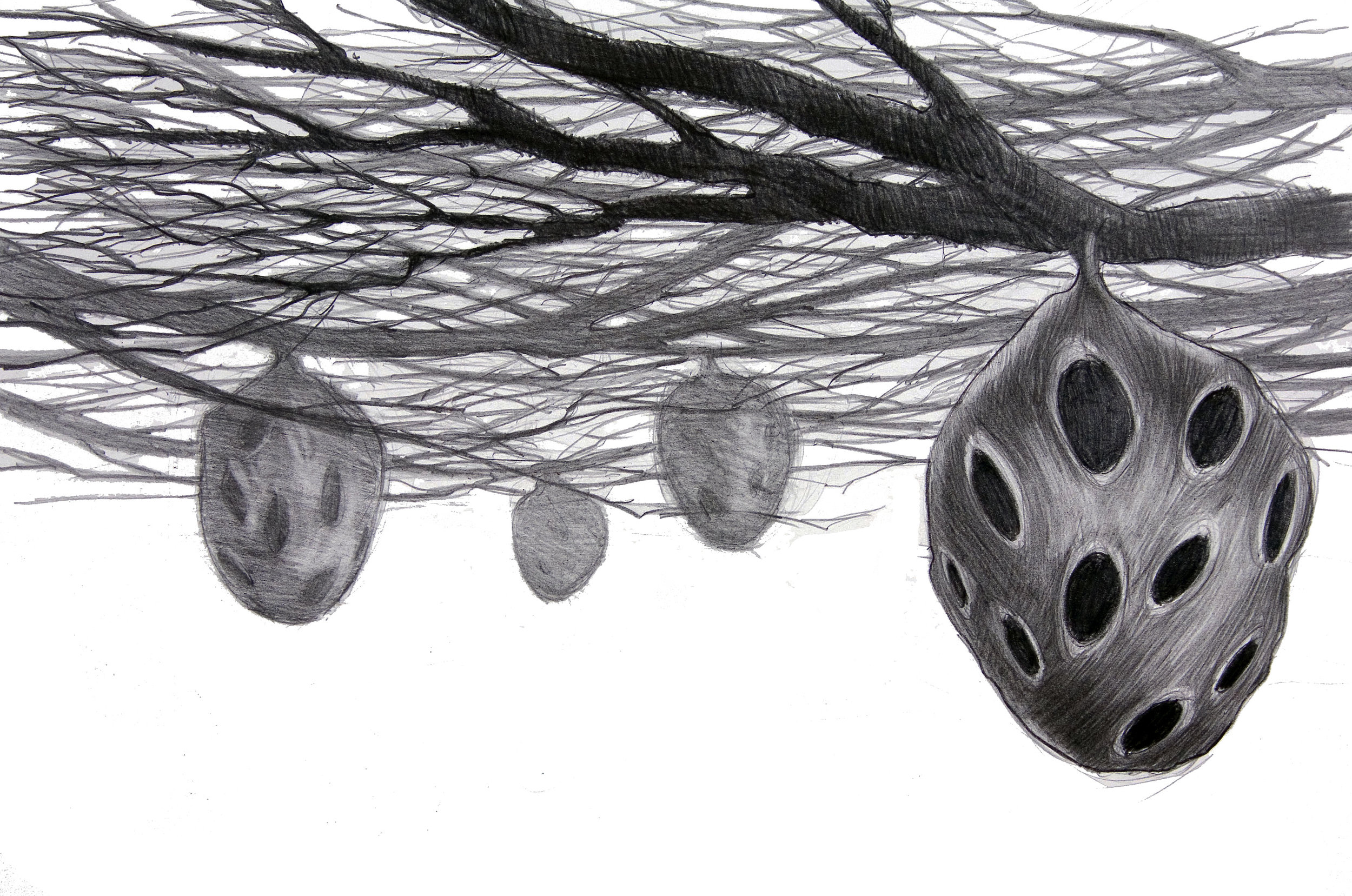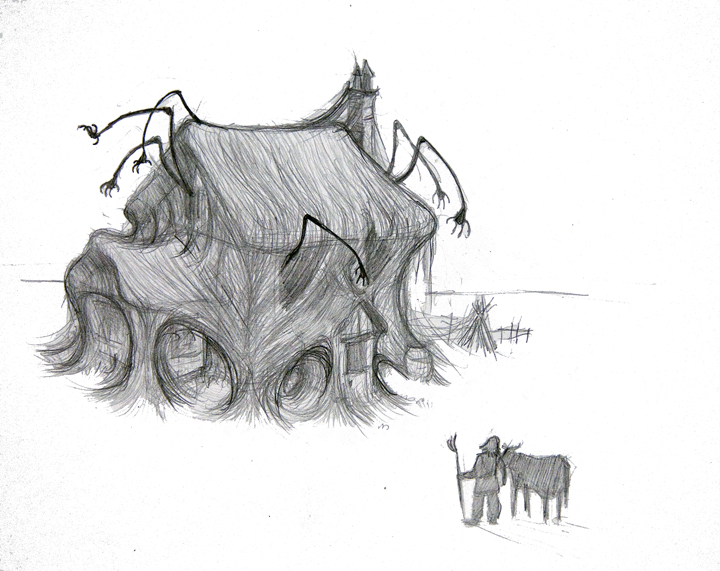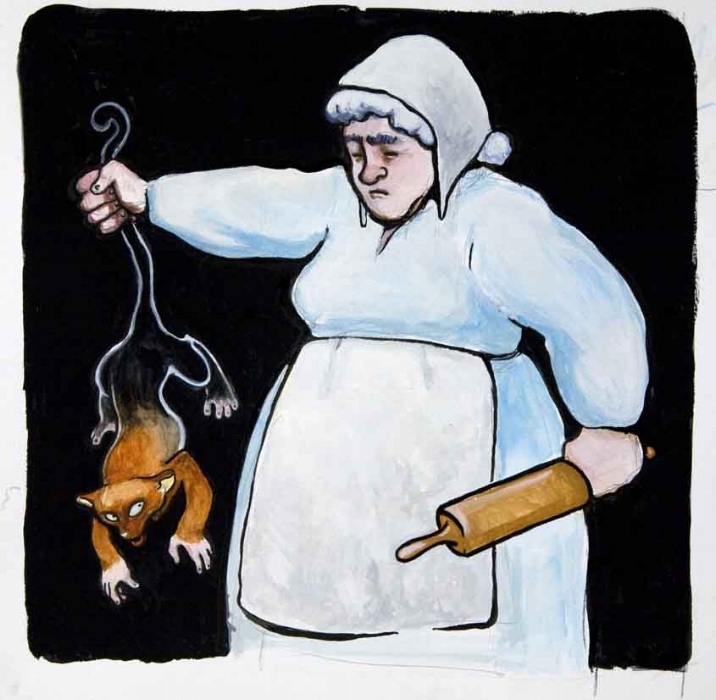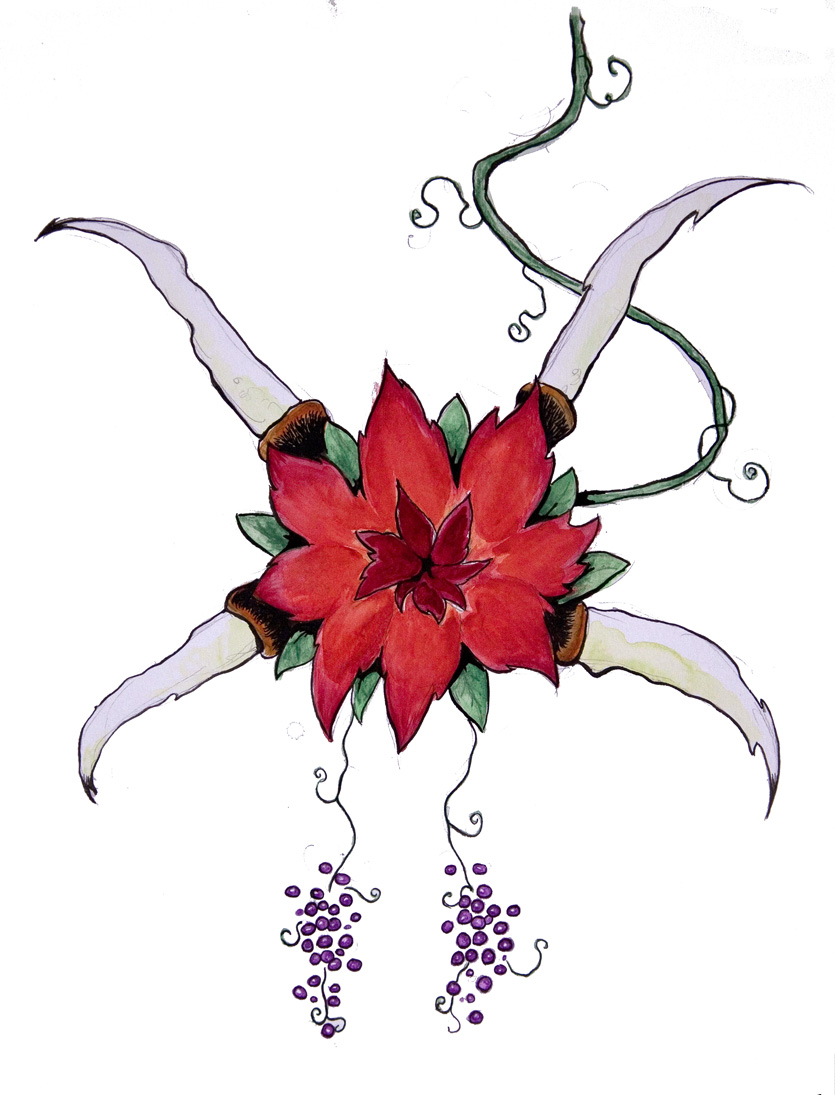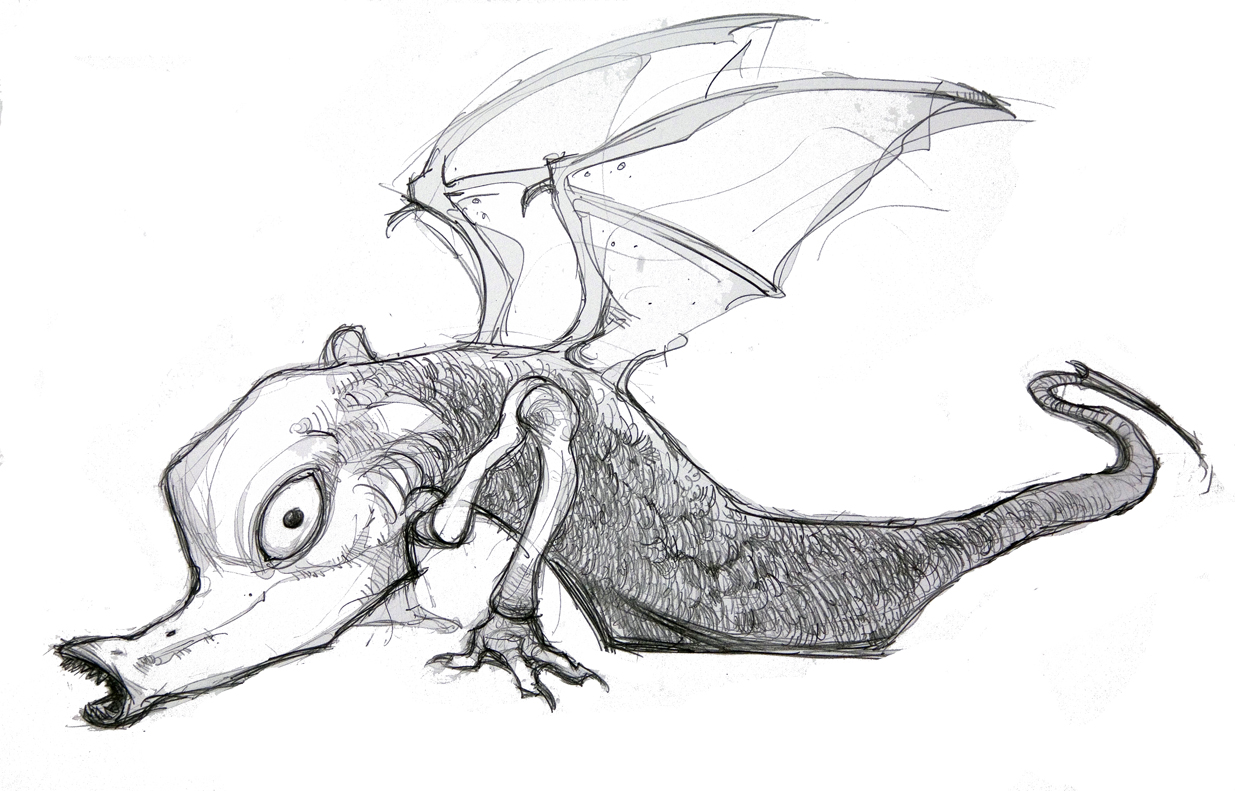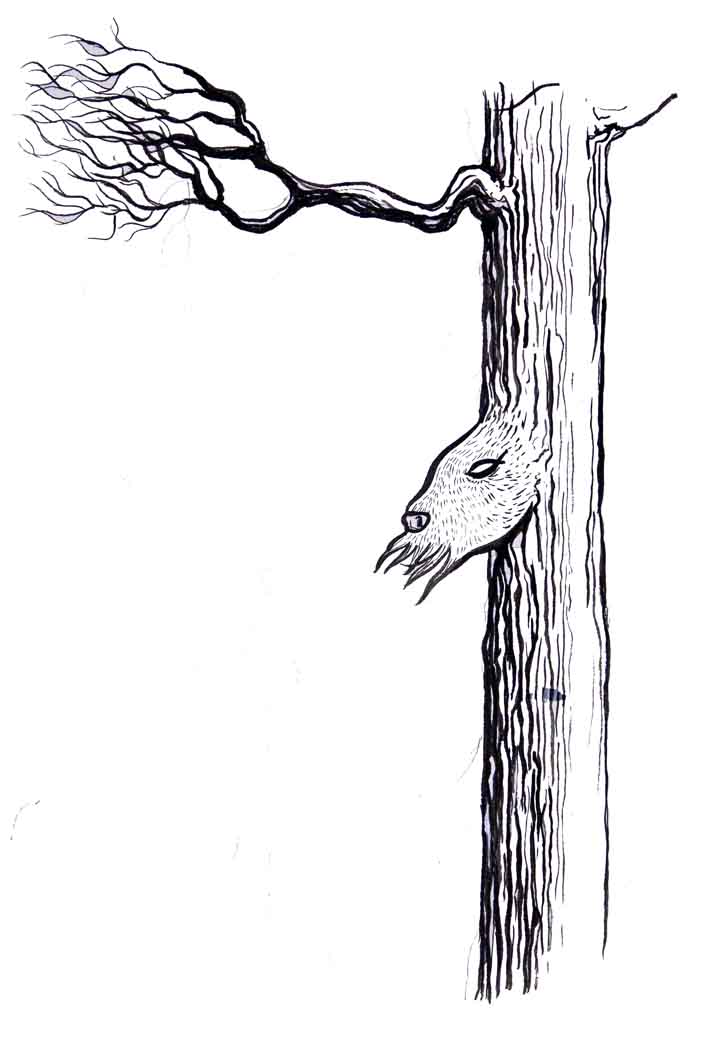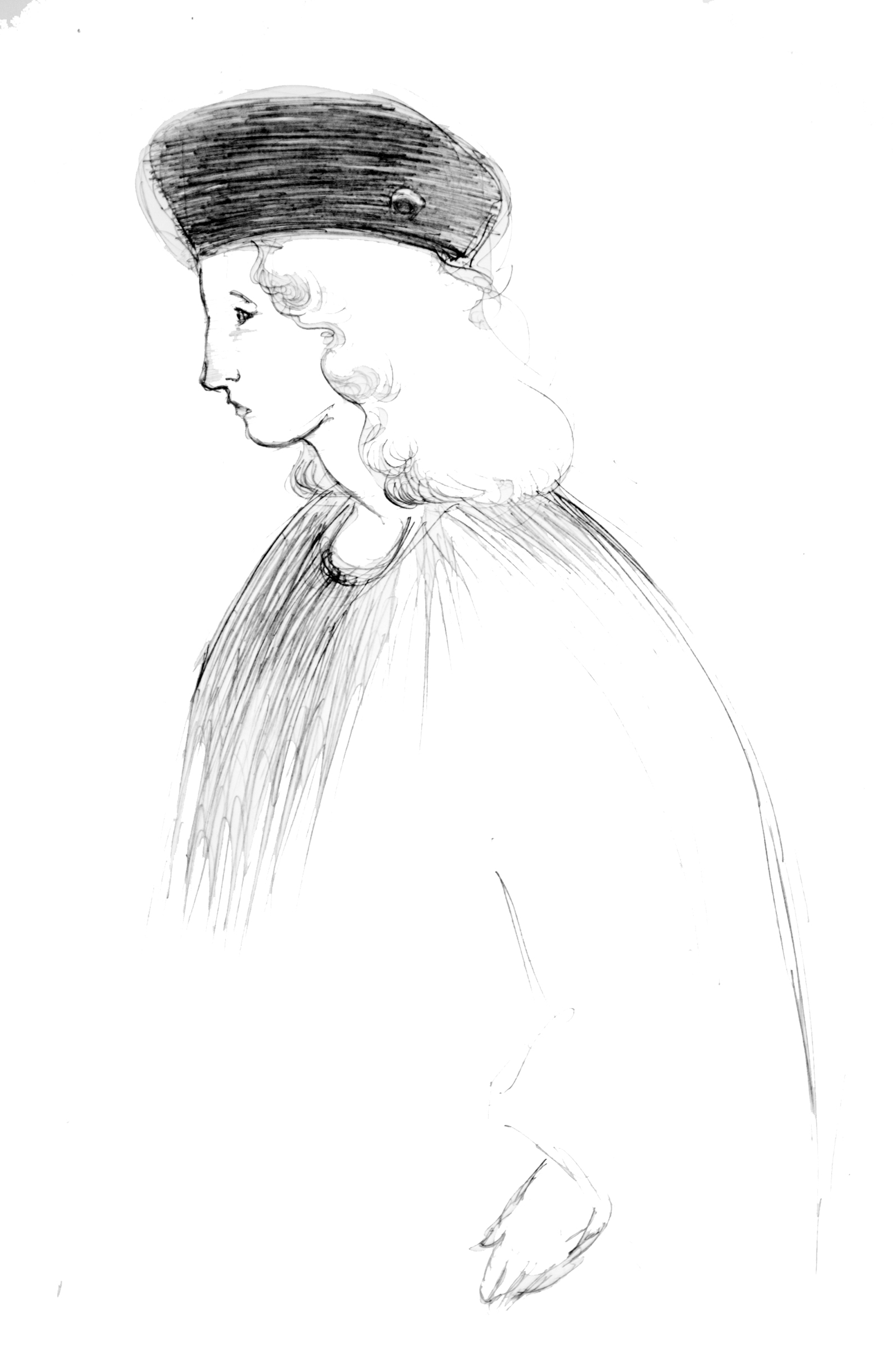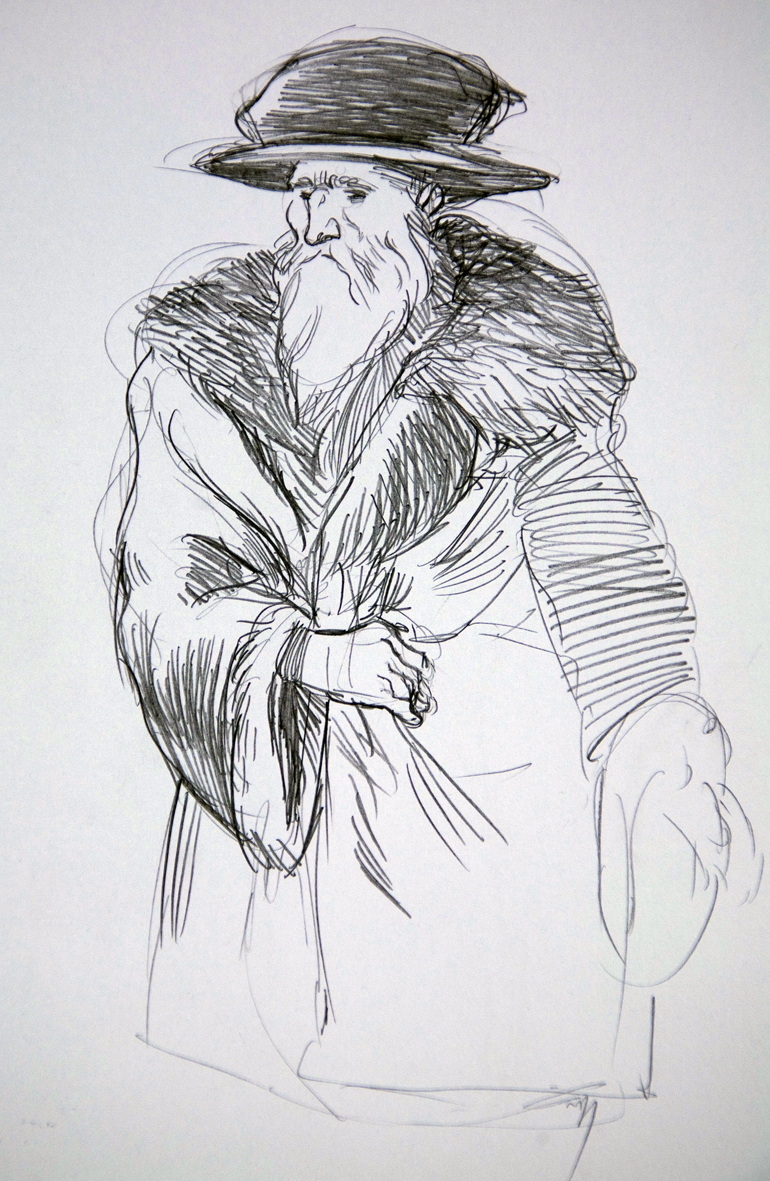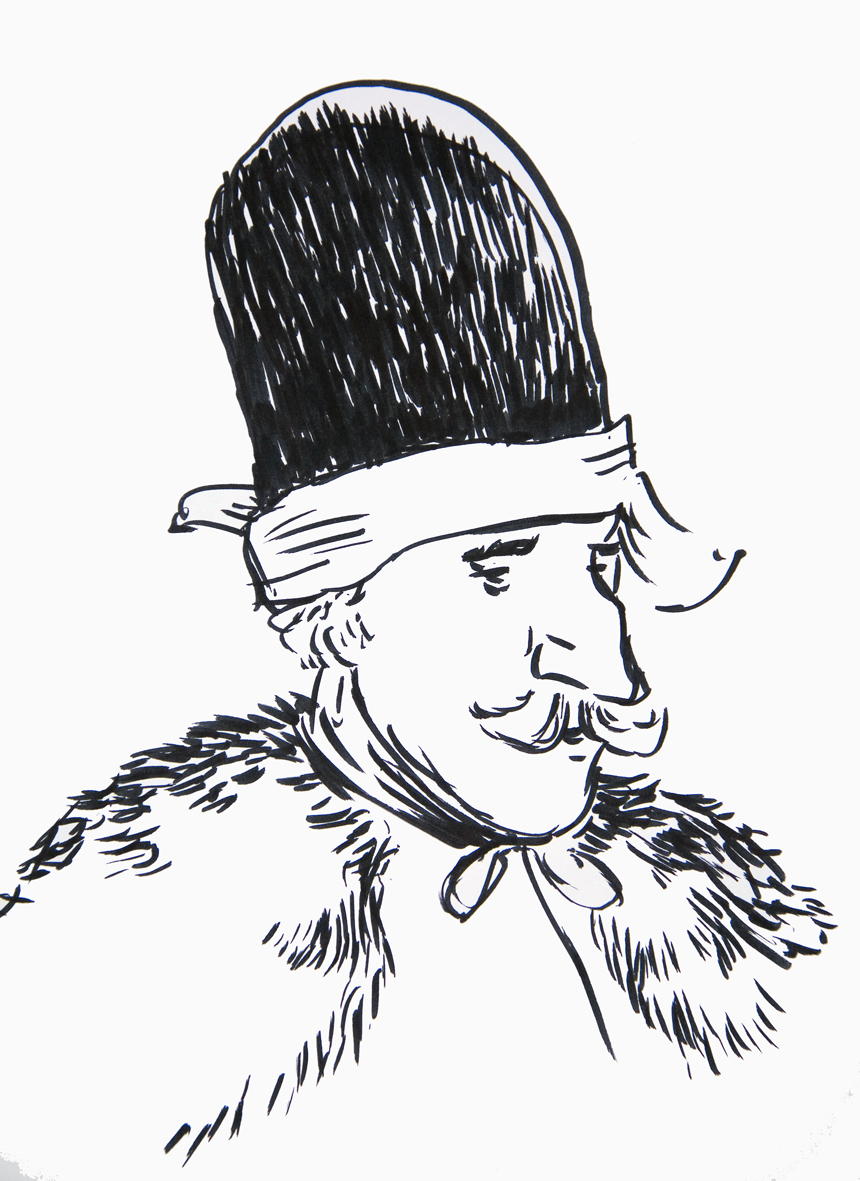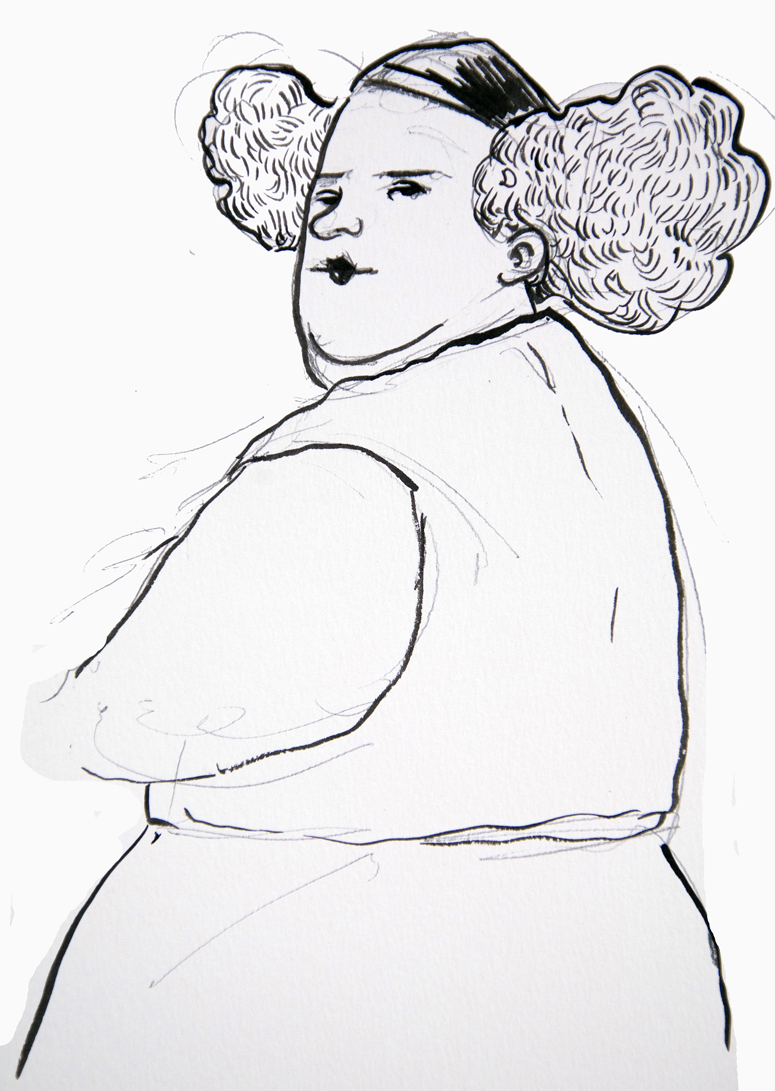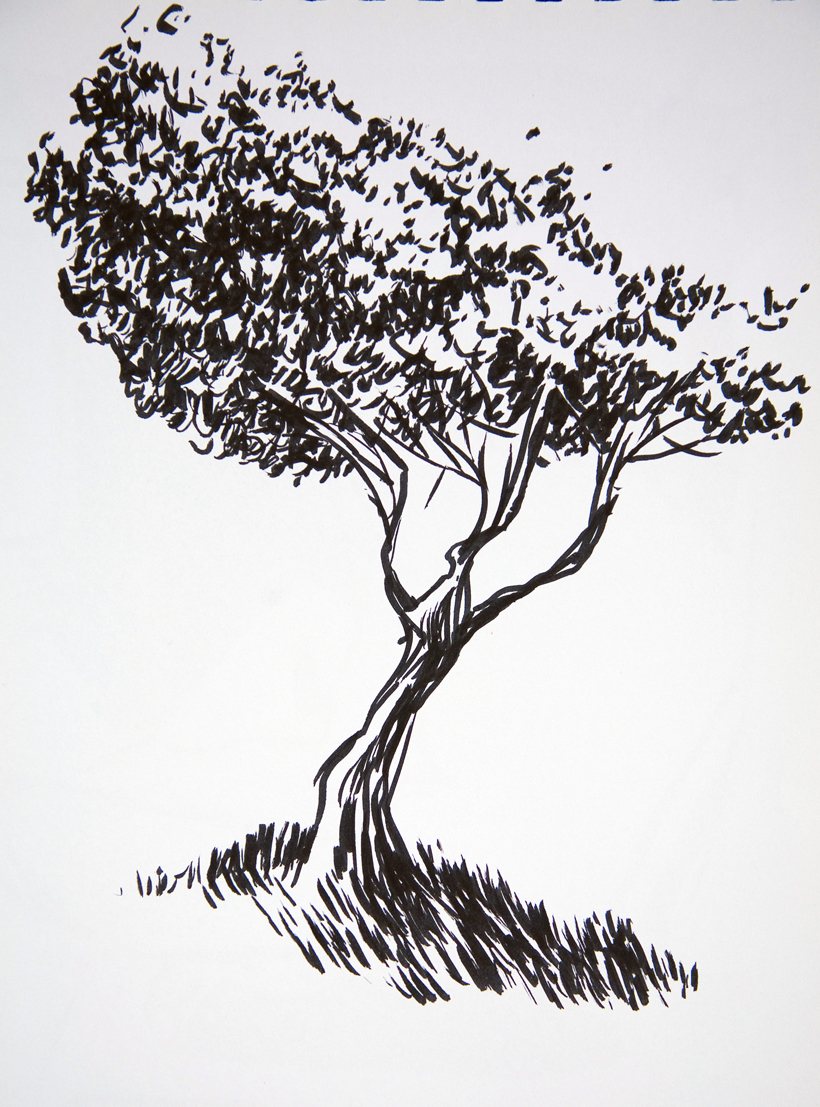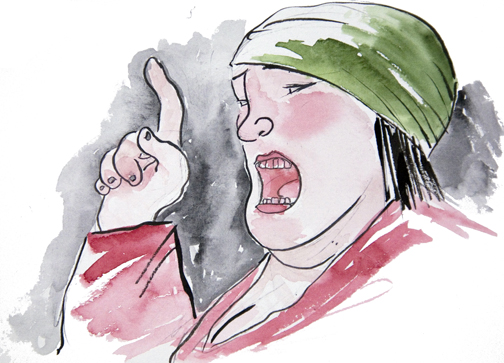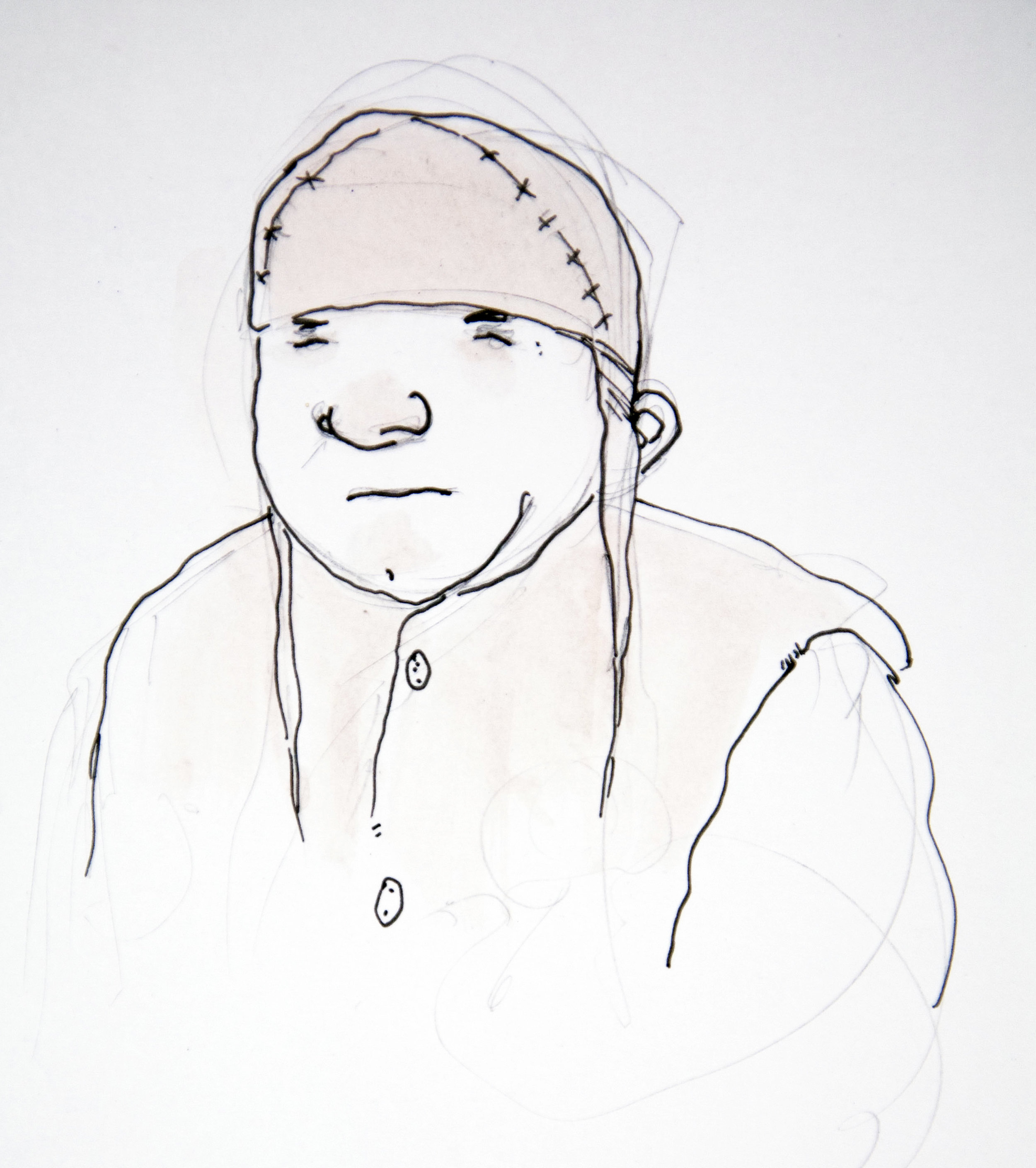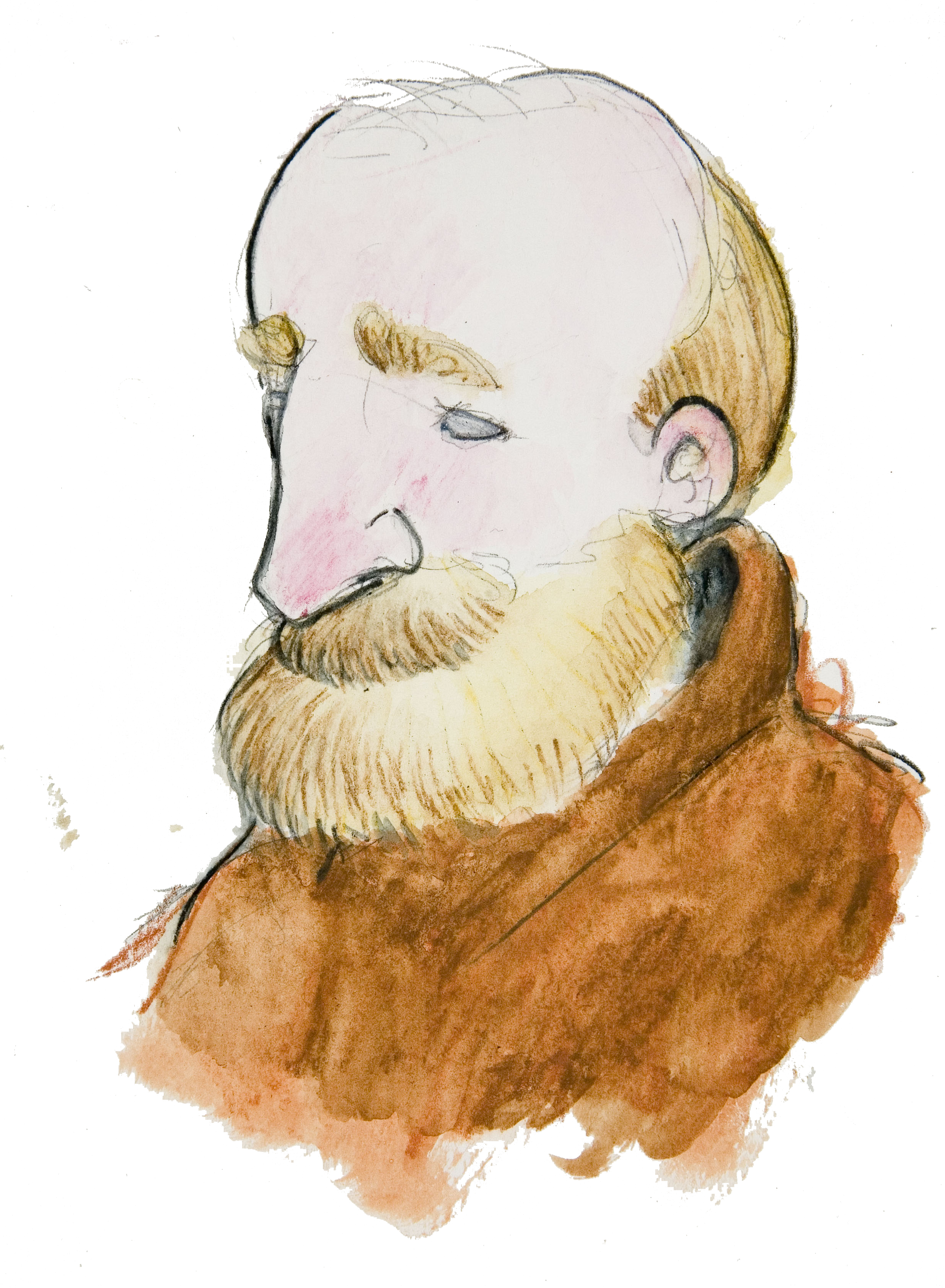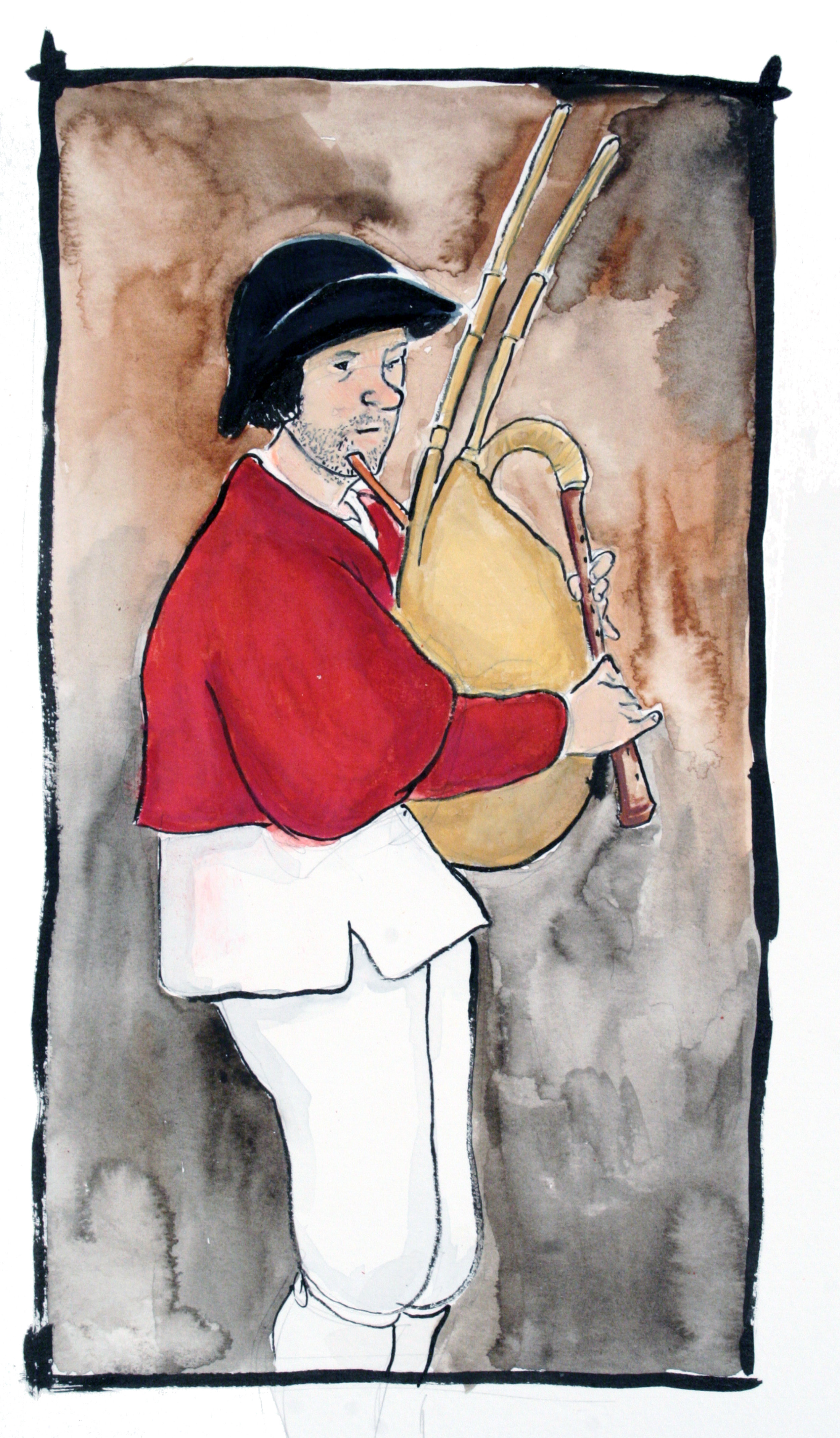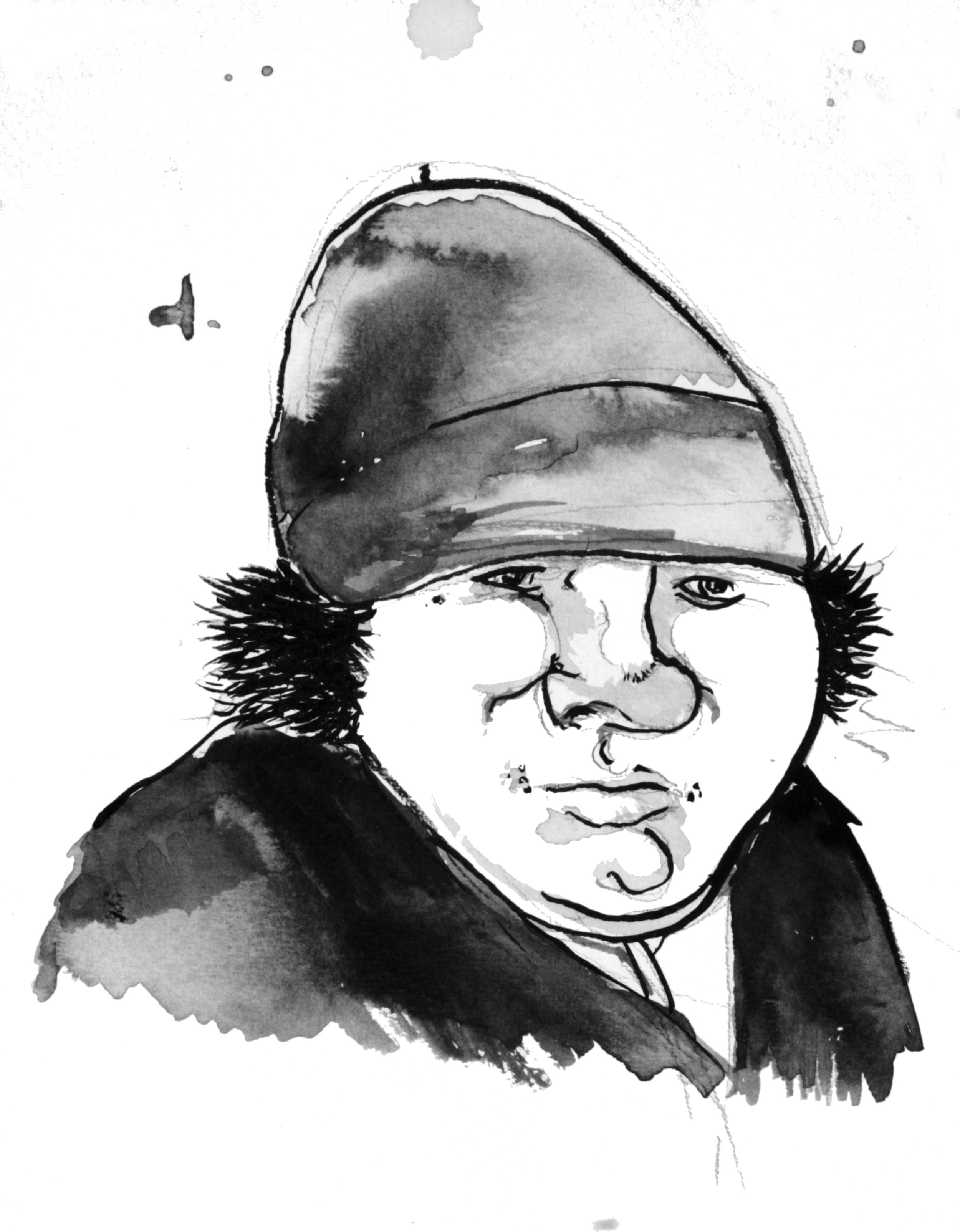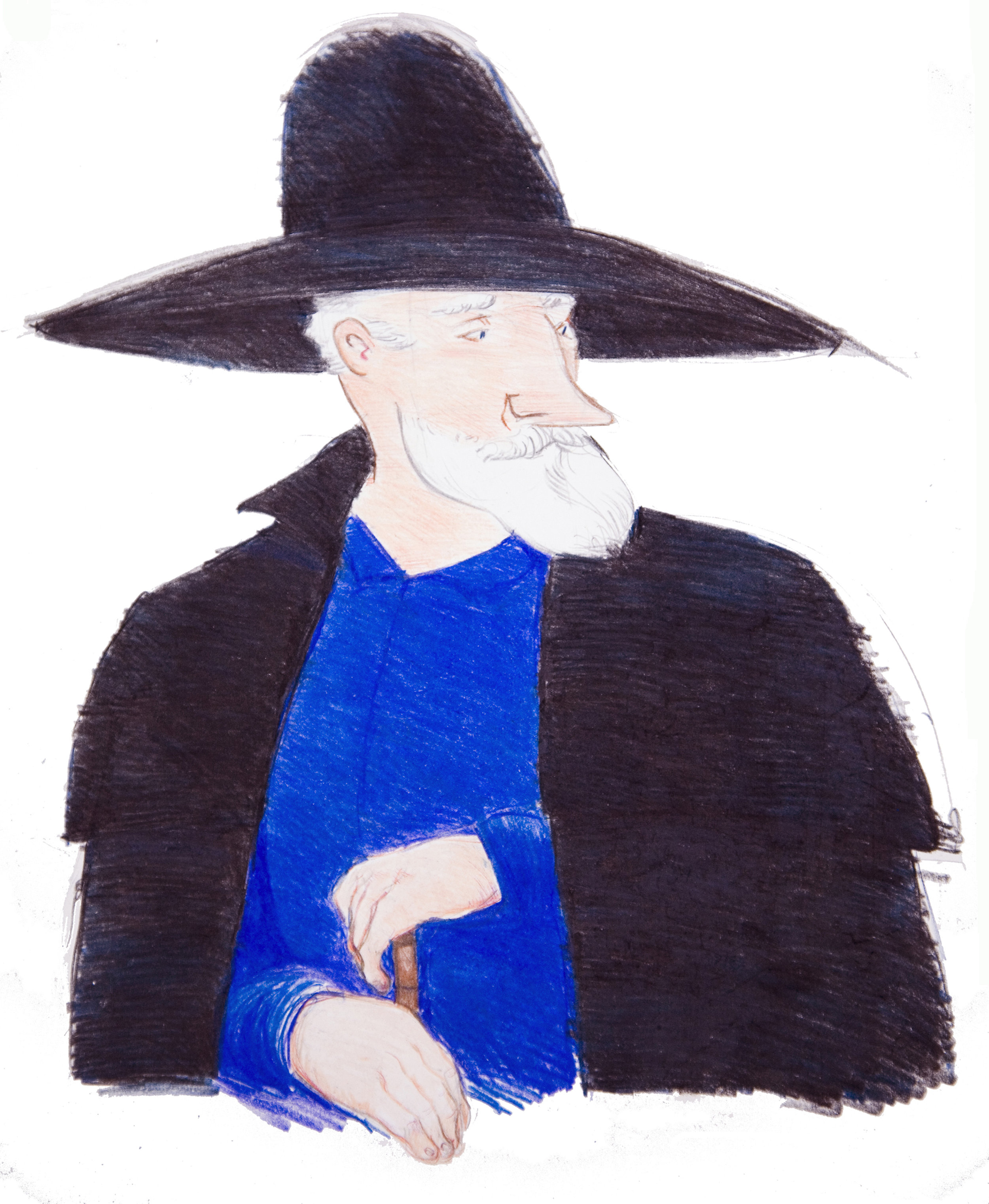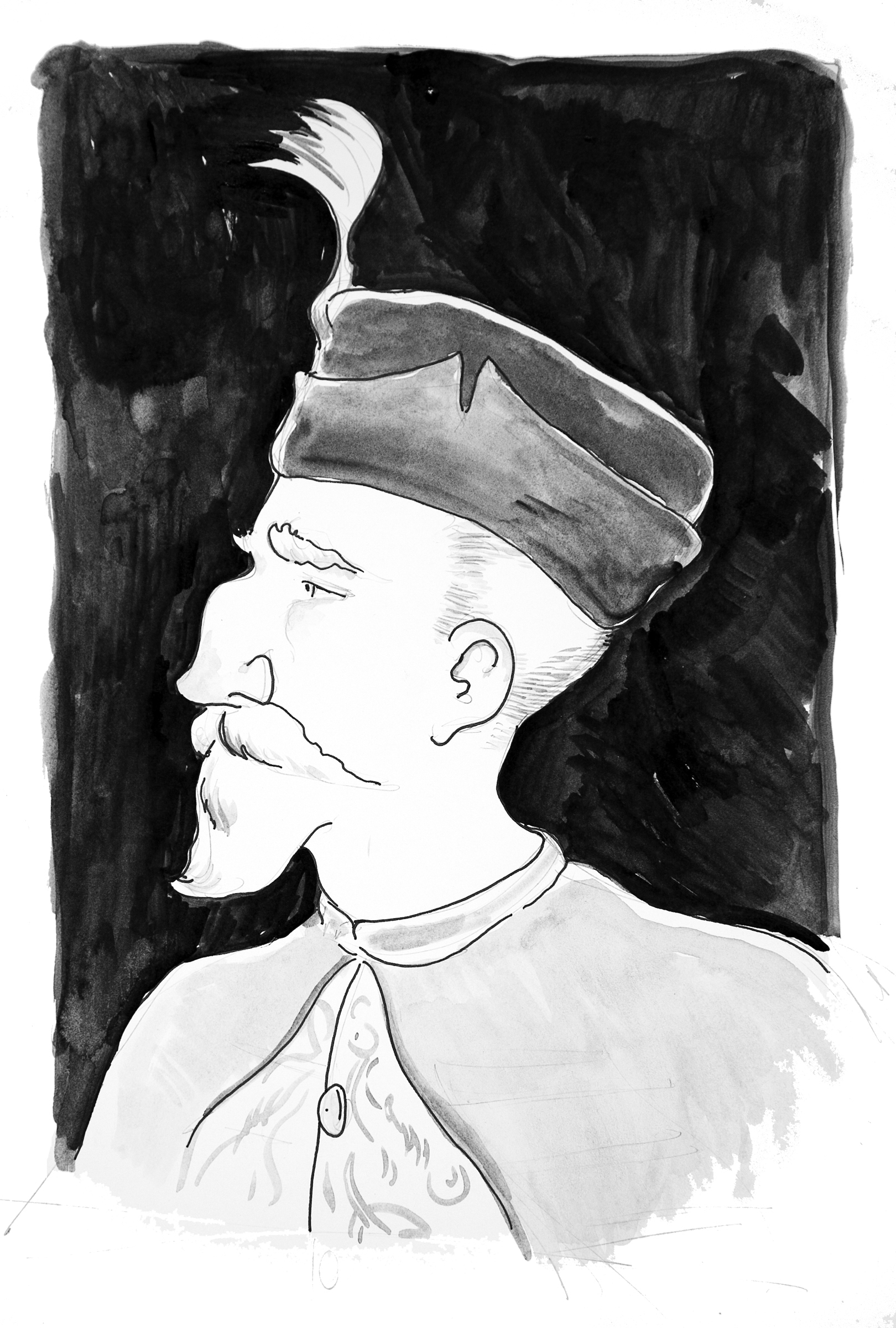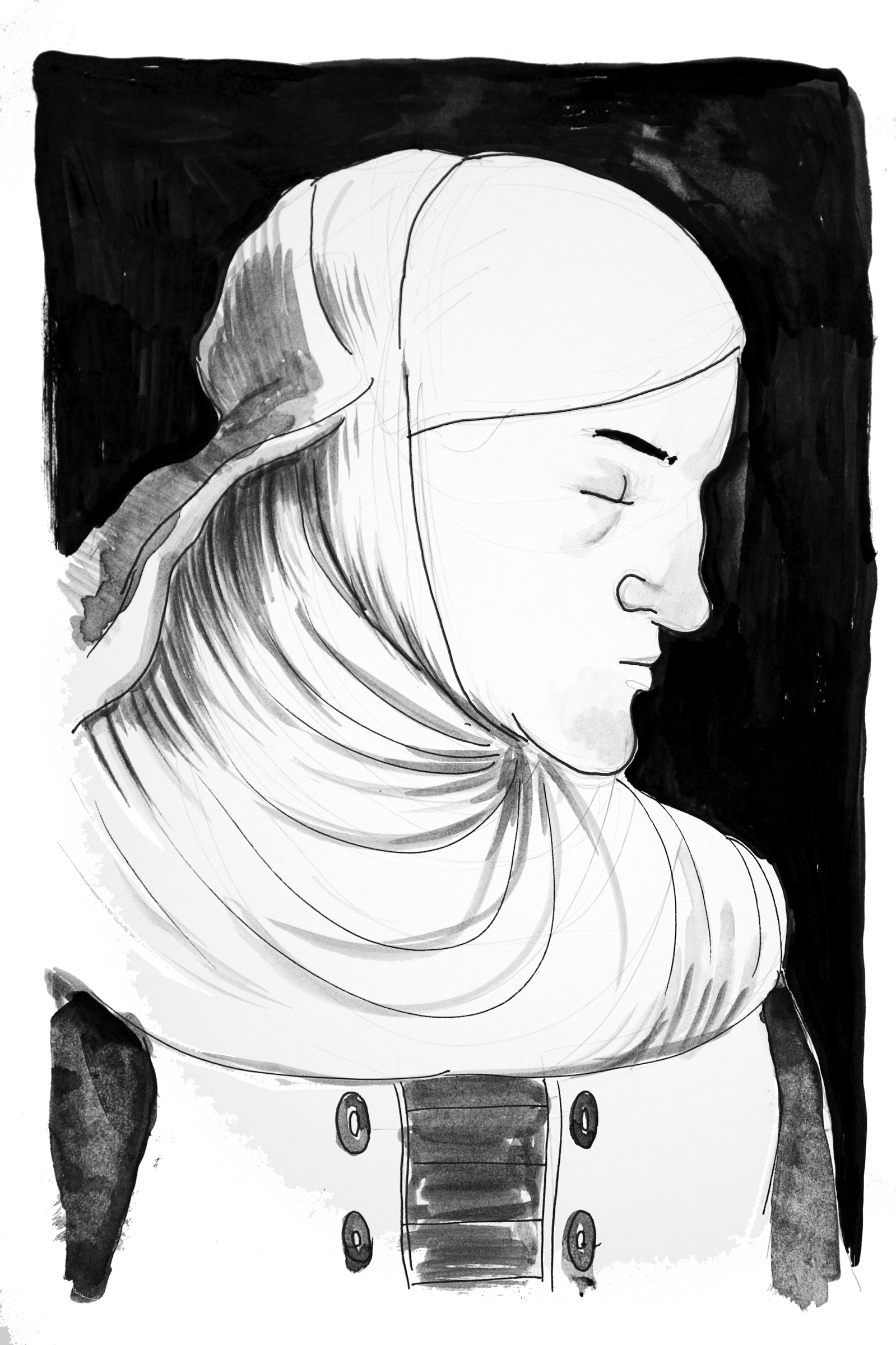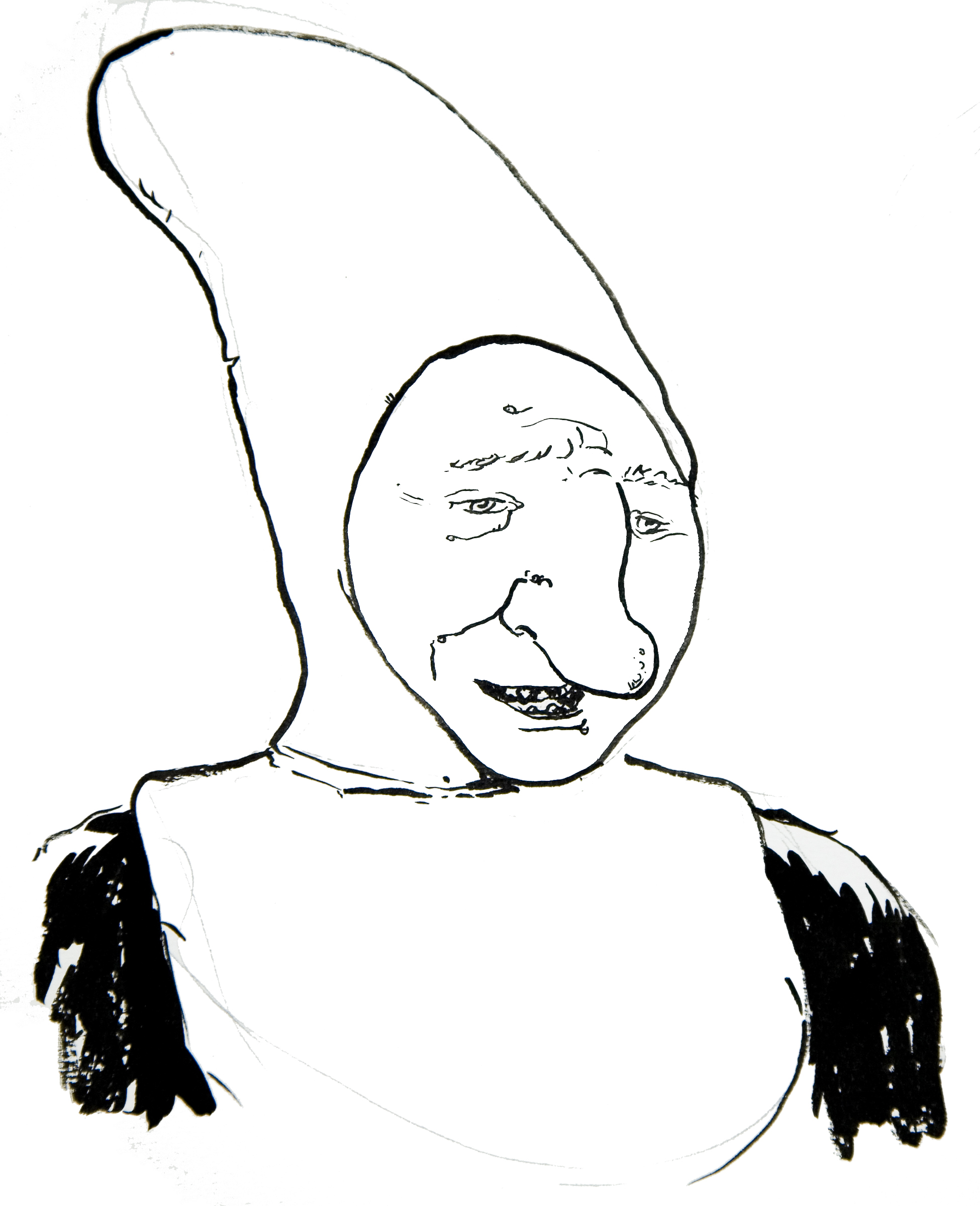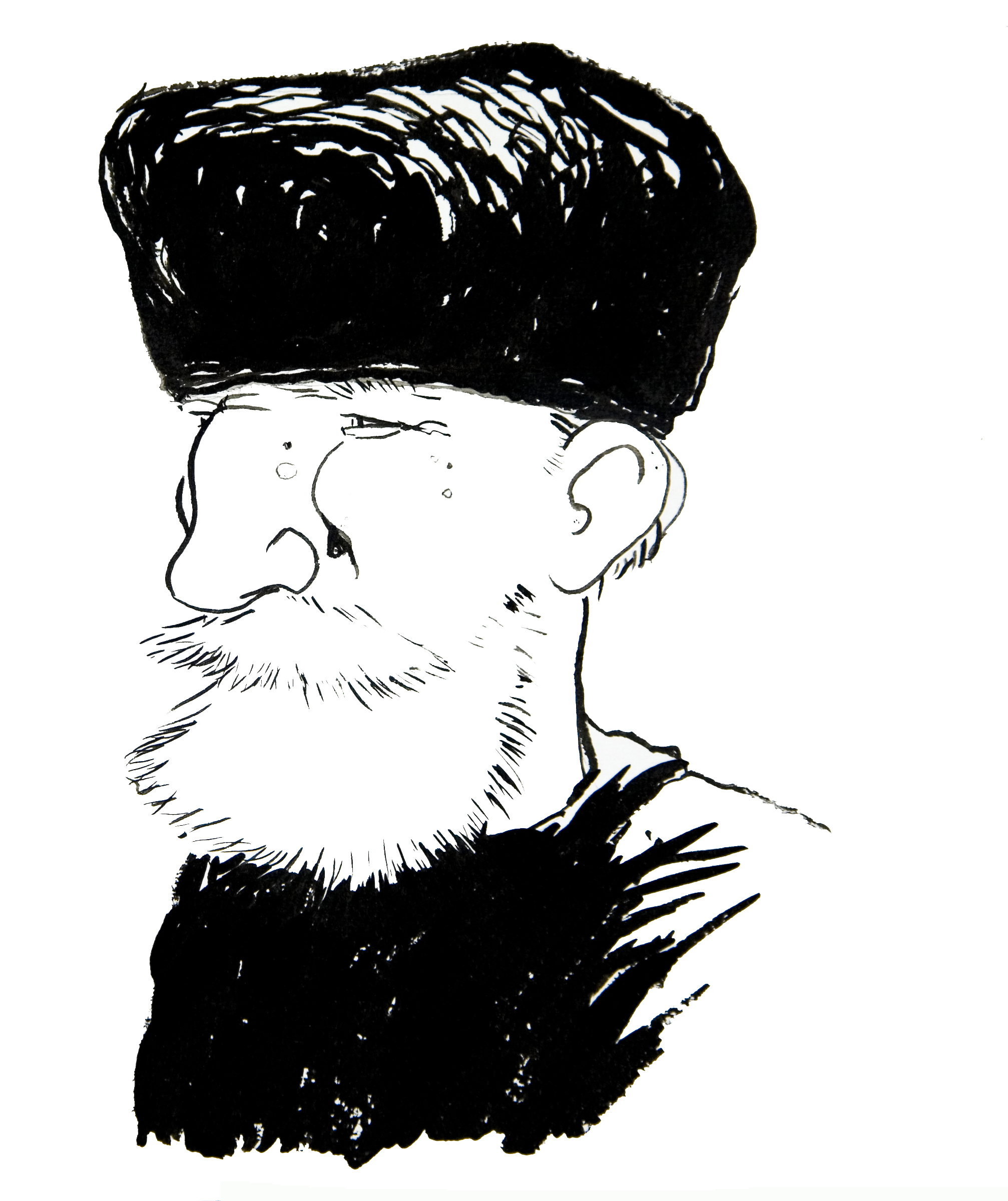The HAZARDOUS PLAYERS presents:
KNIGHTTIME
The kingdom of Udenland is populated with unique characters and bizarre creatures, all entwined in the ever growing story of good Sirs Cottington and Bratwurst. Here you can follow their adventures as they traverse the land and sea on various quests throughout the kingdom.
The Hazardous Players will introduce you to some of the eccentric inhabitants of Udenland society, who our two moderately brave and occasionally noble knights often encounter on their continuing travels. Plus we will take you to the far corners of Udenland: deep in the Ragstag Mountains, across the Tempest Sea, to new and distant lands where undiscovered and extraordinary creatures can be found. Creatures that even the extensive Henchwoods Guide to Magical Creatures has not catalogued.
Please join us and listen to the tale of Sir Cottington and Sir Bratwurst and accompany them on their adventures.
Our reluctant heroes Sir Cottington and Sir Bratwurst are often joined by many of the compatriots, included Wiggen's the untalented wizard, Reg, King Theodor's extremely loud first officer, The Queen Mum, Sir Rodney, Cottington's slightly deranged brothers,Nigel, the well educated dragon, plus many more.
The Henchwoods Guide is Professor Henchwood's , the chair of the Curious Wildlife Departennt at the Udenland Institute, attempt to create an extensive guide to the various flora and Fauna of Udenland. with this book the citizens of Udenland can avoid an early death, due to an unfrortuante encounter while have a lovely picnic
Henchwood entry:
Twenty years ago the residents in the neighborhoods Braintown and The Hexton began to take notice of a new inhabitant, a curious nocturnal rodent-like creature of unremarkable color with large yellow eyes, that, when agitated appeared to glow blue. It roamed the streets and alleys at night, digging in the rubbish, scavenging food and generally making a right mess. When dawn would break the creatures would vanish, leaving behind the chaos of the nightly foraging. Over time they moved from the street and sewers into homes, crawling in the rafters, burrowing into cabinets, nesting in the disused attics of the cottages and student boarding houses. Since they were first sighted their numbers have grown and they have been discovered throughout the city, even in halls and towers of Trench Castle much to the king’s annoyance. What nobody knew at the time was that this unexceptional lagomorph was in fact a missing link in the recent evolution of magical creatures.
Though most residents of Azure City see them as vermin, many have made attempts to domesticate them as they have a certain appealing “cuteness” despite their fondness for rubbish. Those who have adopted them as pets observed strange behaviour concerning the petite primates, which they reported back to us here at the curious wildlife department of the Udenland Institute. We took notice of this overlooked eccentric little animal, whcih we have now classified as the Luminous Avahi and made some fascinating discoveries.
The fact they first appeared in Braintown and The Hexton was an early clue in deciphering the mystery behind Avahi. Both Braintown and The Hexton are immediately adjacent to the Udenland Institute and are home to many of the students and facility of the school. Behind Gordon’s Metaphysical Emporium on Sage Street is a small, decripide carriage house that had been the home of one of the institute’s most infamous professors, the late Professor Chester Coggshall.
Professor Cogshall taught for many years in the curious wildlife department at Udenland Institute. He was popular with the students, considered innovative in his approach to animal classification. I, as head of the department was taken with his energy and unique perspective, particularly towards animals, which embody some “magical” properties.
The Udenland Institute has its share of unconventional scholars to be sure but, Professor Coggshall was singular in his unorthodox approach to research. His obsession with thaumaturgic animals paralleled my own, but over the years his grasp of reality became distorted. Often he would be found unwashed and living in the pens and cages of the various creature housed at the institute. So engrossed was he in his research that he would arrive at his classes in a state of undress and putrescence, not noticing the retching and hasty exits of his students.
After his untimely death two decades ago, due to an unfortunate encounter with a belligerent tentacled armadillo, myself and a few senior members of the curious wildlife department gathered at his home on Sage Street, in order to sort and catalog his research for the Institute archives. Much to our surprise we discovered numerous cages and terrariums housing beasts none of us had ever encountered or even imagined. We were flummoxed as to how Professor Cogshall had acquired this amazing secret menagerie. After reviewing his papers and formulas we realized that he had, in fact, created most of these creatures through some form of arcane otherworldly animal husbandry. We were shocked and torn as to what to do. What Cogshall had done was highly unethical and the edicts of the Institute strictly forbade the creation of new organisms real or unreal. All us assembled in that damp, decrepit carriage house knew that morally we should destroy Cogshall’s zoological collection, but, we couldn’t. We were men and women of science and parascience, exterminating these creatures was something we could not bring ourselves to do.
We secreted the animals out of Braintown and hid them in the barns and hutches that constitute the curious wildlife department. There we catalogued them and studied their extraordinary properties.
What we didn’t realize that night was that in our urgency to smuggle out the animals is we missed something. Something Cogshall allowed to roam his home unfettered, the Luminous Avahi. More than likely the Avahi watched us confused and anxious as we cleared Professor Cogshall’s experiments and effects, hidden in some dark recess of the desehvled carriage house. Eventually as food ran out, they ventured out into the streets where they became feral, multiplied and lived off our dregs.
How did we miss it? We where thorough when we gathered Cogshall’s belongings, leaving virtually nothing behind. Cogshall’s accommodations were not particularly large with very little areas of concealment. It as if the Avahi was invisible.
We have since discovered the the Avahi can in fact turn invisible. The reason on one has ever seen them during the day is that they are impossible to see. As the sun rises they grow transparent, until, as the sun passes the horizon on its journey across the sky, the Avathi become completely imperceptible, invisible. It has also been noted that when the Avahi are extremely agitated or threatened they can

